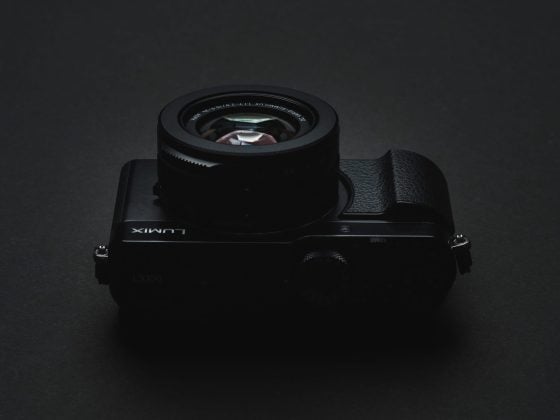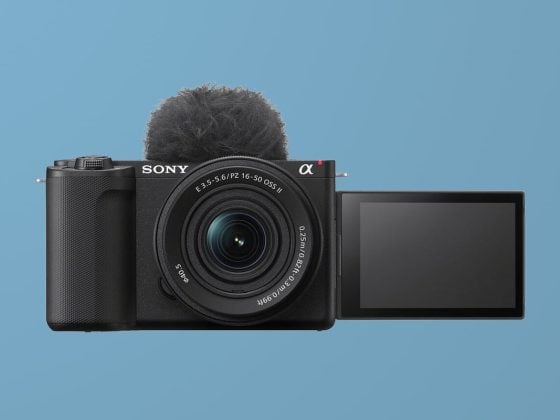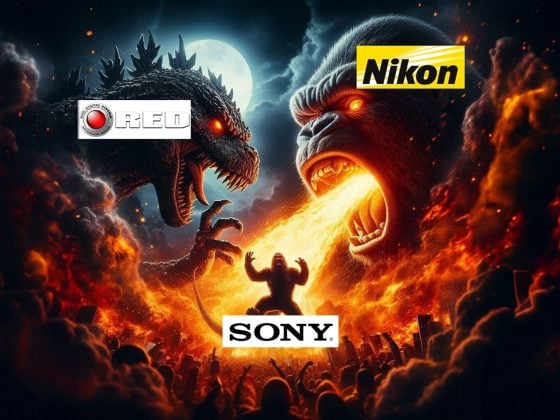The Canon RF 35mm f1.8 is an incredibly versatile prime lens designed for the Canon RF camera system. The lens features image stabilization, close-focusing macro capabilities, and silent focusing in video mode. The 35mm focal length is one of the most useful focal lengths, lending itself to many different styles of photography. The f1.8 delivers very good low-light performance with some very shallow depth of field.
The size, weight, and performance of the RF 35mm f1.8 make it one of the most versatile and capable prime lenses available. It’s also the best value when compared to all the full-frame mirrorless 35mm lenses available today.
Canon has stepped up its game with its non-L lenses, and it shows here.
Lens Specs
Focal Length: 35mm
Aperture Blade: Rounded 9-Blades
Aperture: f1.8 – f16 electric
Elements: 11 elements in 9 groups
Magnification: 0.5x
Coatings: Super Spectra Coating
Weather Sealed: No
Minimum Focus Distance: – 6.69″ / 17 cm
Filter Threads: 52mm
Weight: 10.76 oz / 305 g
Canon RF 35mm f1.8 – Amazon / Adorama / BHphoto
List of Canon Lenses For RF Mount – See all the lenses available for the Canon RF Mount.
Pros: Nearly silent video AF, Nice build quality, good corner-to-corner sharpness, great contrast and color, Excellent IS performance ( slightly better than Sony IBIS), $500.
Cons: Barrel distortion, vignetting at f1.8 and f2, not weather sealed, no lens hood, some swirling bokeh, noticeable astigmatism at f1.8 and f2.
Canon RF 35mm f1.8 Review | First Impressions
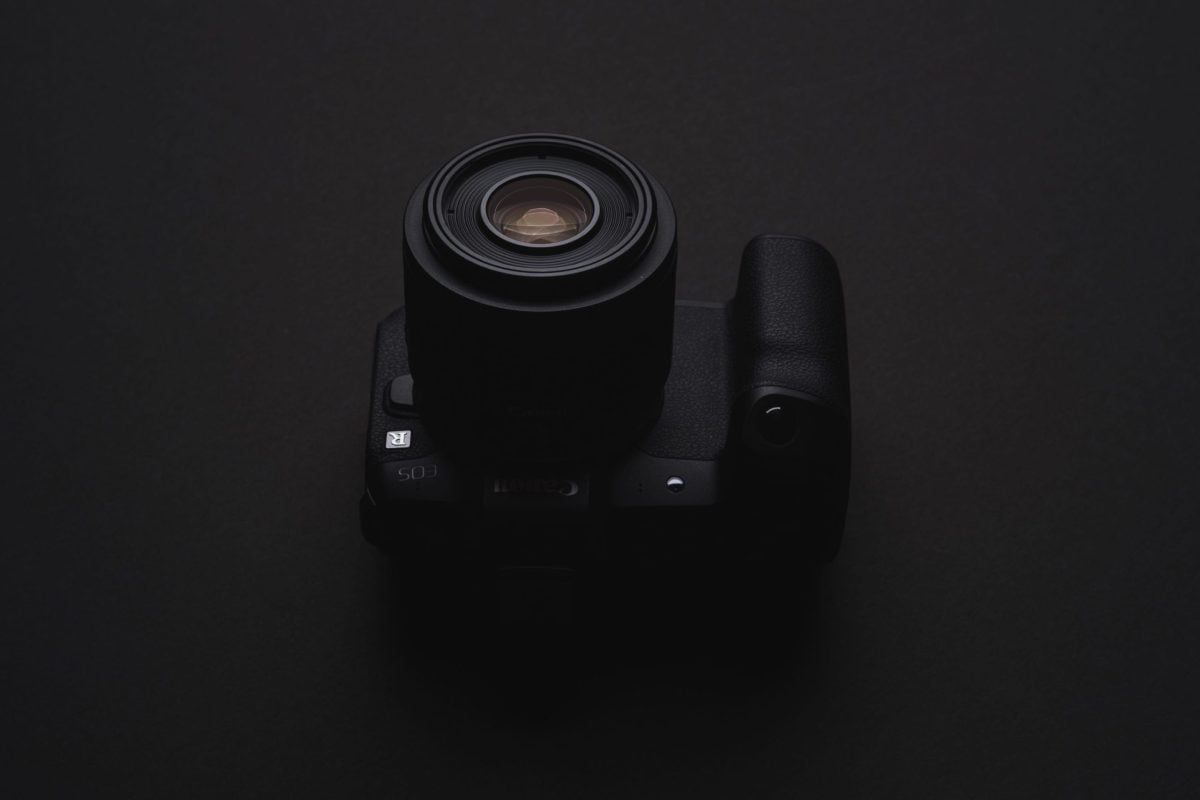
First off I have to say, this lens is an incredible value. This is why so many people love Canon because of lenses like this. It’s an amazing deal for a solid 35mm f1.8 lens that has amazing close-focus capabilities, nice sharpness at all apertures, and better than IBIS image stabilization. It’s great and it’s definitely worth that price.
If you only care about sharpness, you’ll love this lens as it performs well.
The Good And The Bad
When looking at the grand scheme of things, this is just an o.k. lens, a great mid-range full frame lens, but if money and size were no object and you were to compare this lens to bigger more expensive lenses, it’s just an o.k. lens. I only say that because it’s a Canon, and you just expect them to pull off miracles and always drop show-stoppers, and this lens is not. Optically, it’s only just ok but it also doesn’t have blazing fast autofocus or weather sealing.
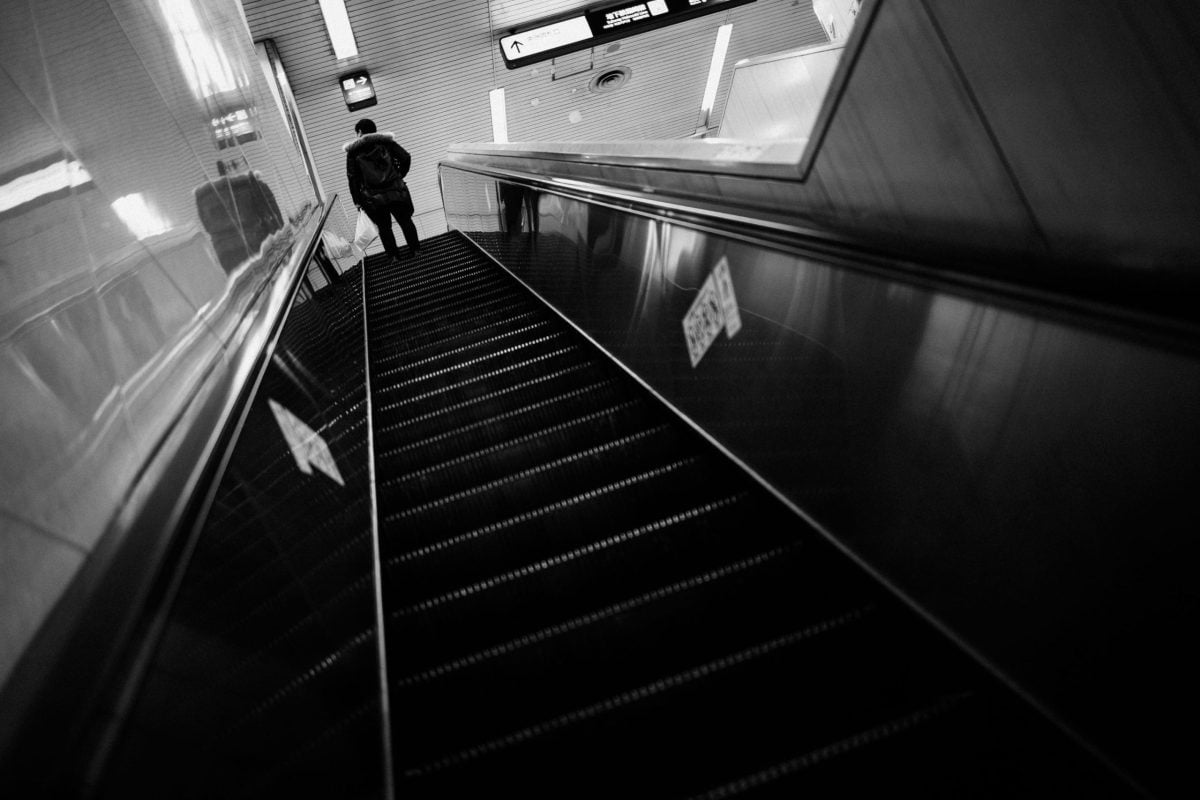
I think the best way to sum up this lens is, it’s an amazing f2.8 lens that happens to shoot at f1.8 when you need it. It is fairly compact for a full-frame 35mm f1.8 lens, so you have to expect a few compromises and a few issues.
However, this lens has a few good things going for it: its small size, good center sharpness, micro-contrast, fast AF, and, of course, built-in stabilization.

Now there are also a few negative characteristics of this lens.
For one it has a pretty bad astigmatism at f1.8 and f2, so it’s a no-go for astrophotography. It’s also got some fairly bad vignetting at f1.8 and f2, and some noticeable distortion. Distortion and vignetting are all fixable in-camera with JPG or video but if you shoot RAW you have to fix in post.
About that astigmatism . . .
Astigmatism makes the bokeh weird when at far distances, bokeh looks great when the subject is close, but it get nasty once the subject is about 10 feet (3 meters) and beyond, so you really need to go to f2.8 in these situations and then everything looks great. But any sort of stars or twinkly lights in the corners just go crazy at those faster apertures, f1.8 and f2.
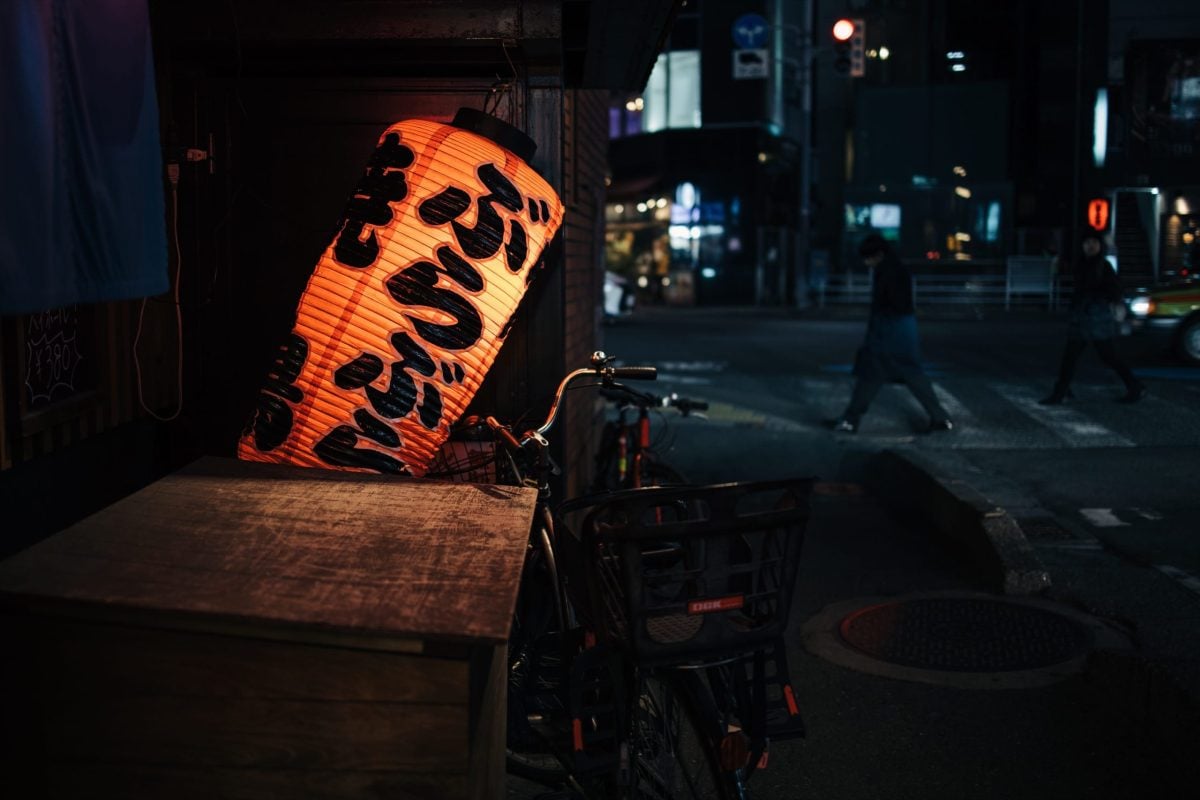
Usability
This lens is a ton of fun. The size and weight of this lens with the R camera is perfect. The IS is amazing, focusing is good (could be better though), and the control ring makes it way easier to access my ISO settings.
I do wish this lens came with a lens hood to protect the front element that’s always going on little protruding adventures, but it kind of doesn’t need a hood as it only flares if you’re pointing into the sun at direct angles that lens hoods would not protect from.
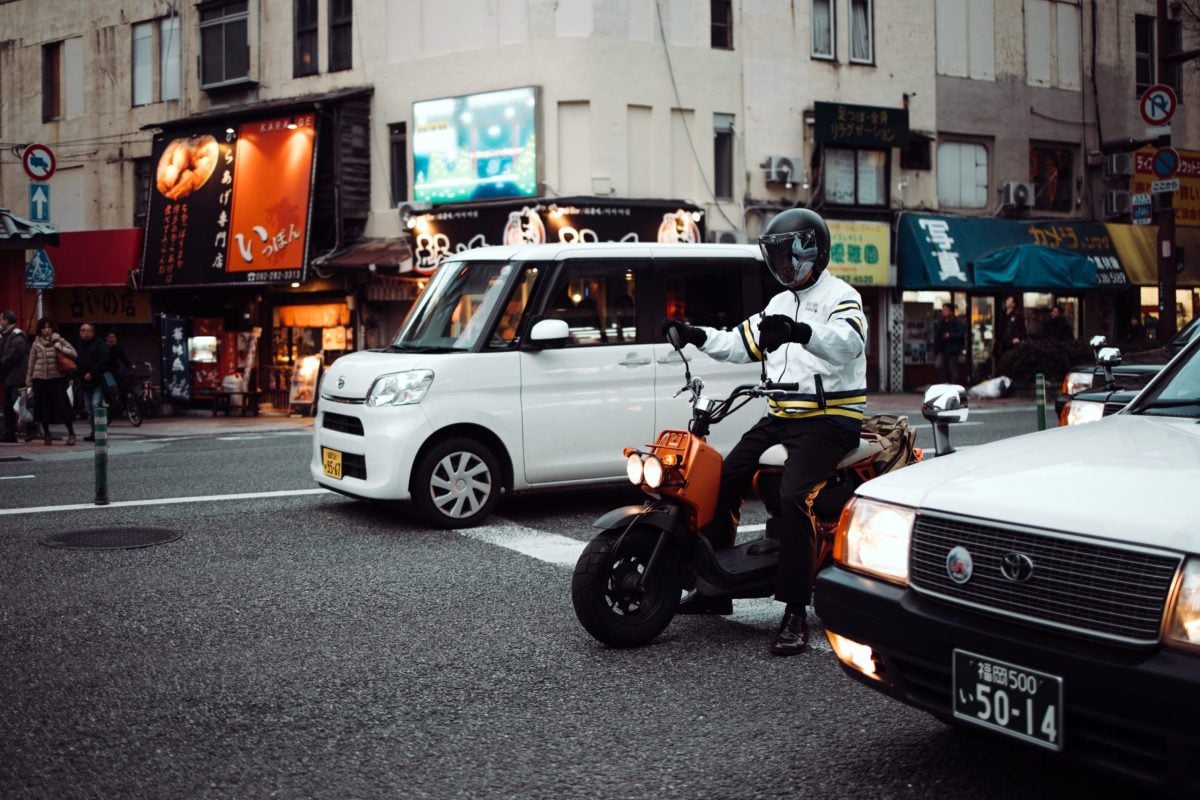
Build Quality
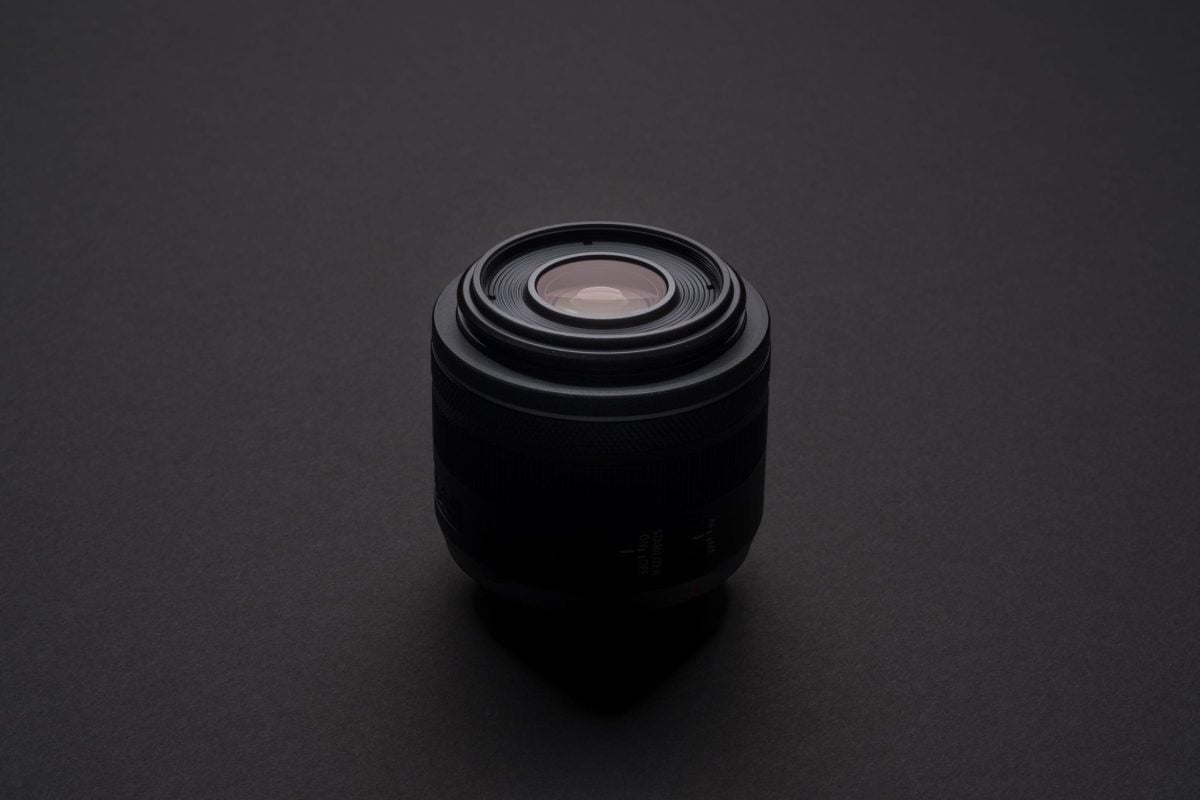
If you have used the Canon RF 24-105 f4 and like the build, you’ll be happy to know that this feels identical. The same plastic shell with a high-quality finish. There is some nice weight to it and it by no means feels cheap.
When the lens focuses the front barrel extends until you reach the minimum focus distance of 6.69″ / 17 cm.
Here is what it looks like this fully extended.
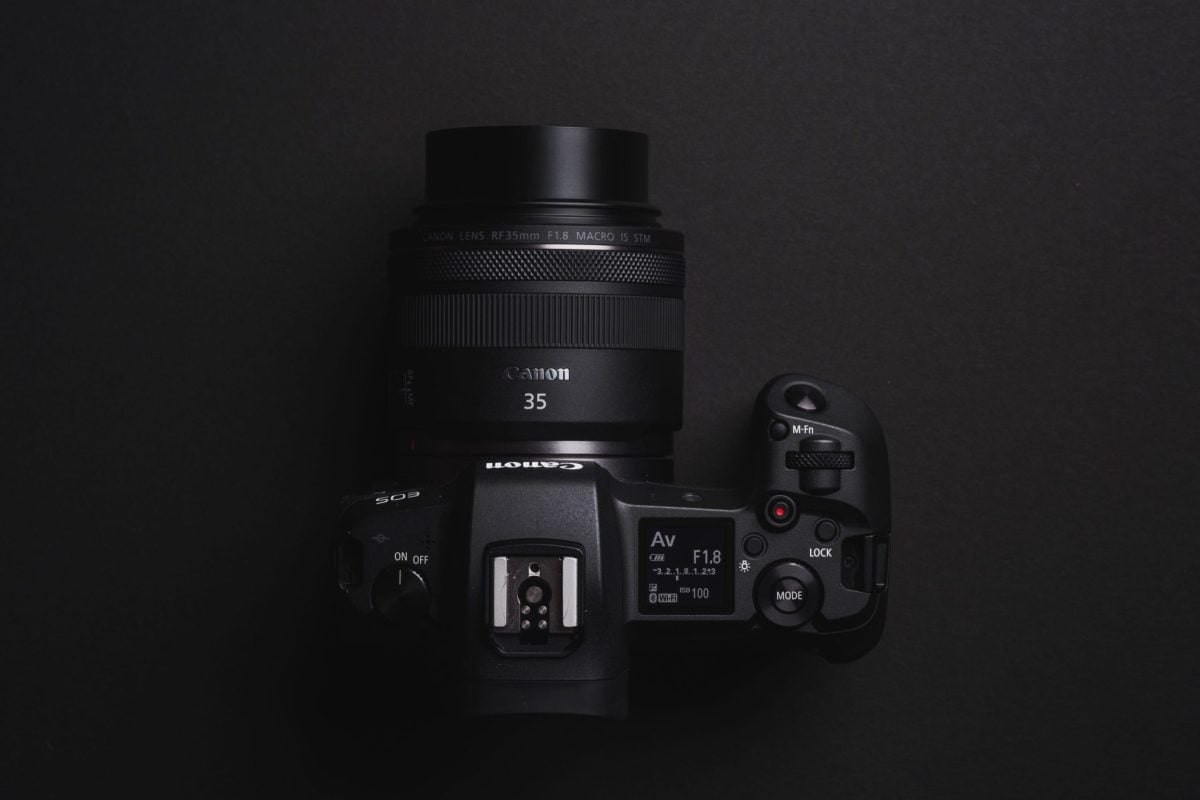
There are two switches on the lens, IS and AF, and we do get Canon’s new control ring that you can program to adjust a few different settings. I have mine set to ISO and set to only take commands if the shutter is half-pressed. This way I never hit it by accident. This also might be the best camera out there for adjusting all three exposure settings quickly, since everything is now right at your fingertips.
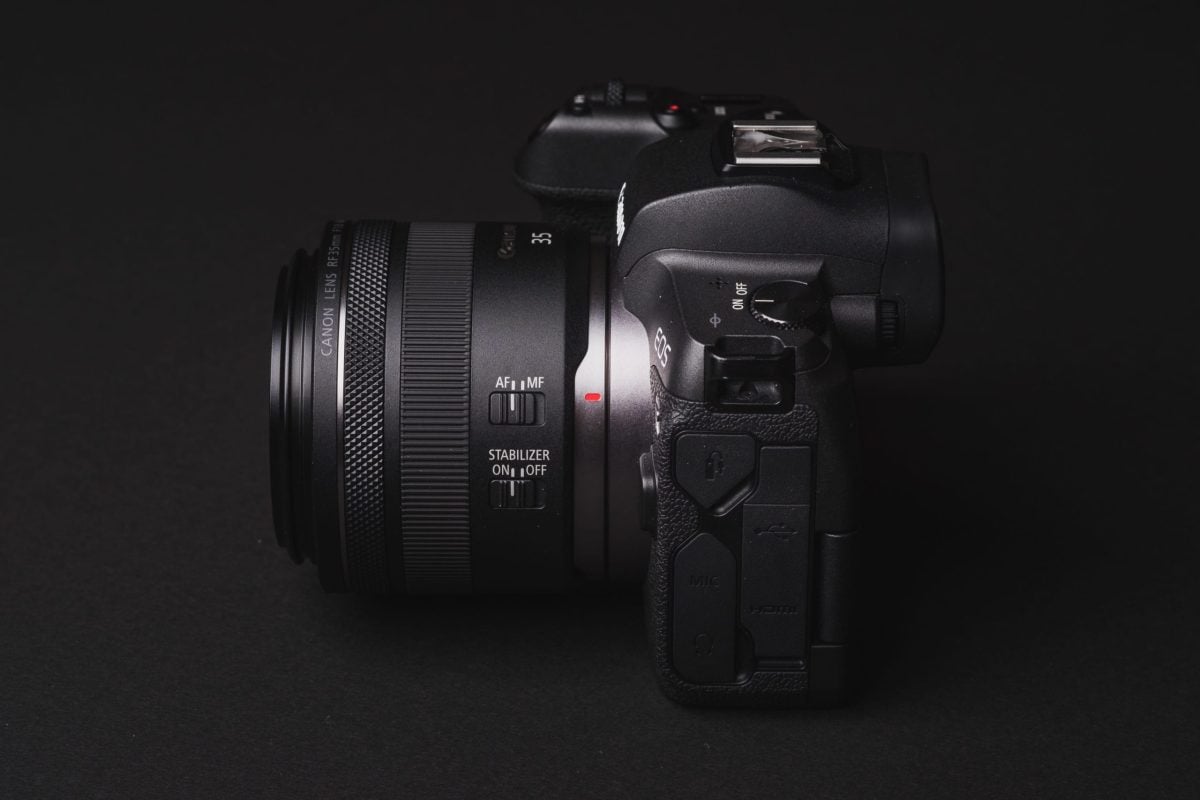
There is no lens hood for this lens but there is this ring on the front barrel. I’m not sure what this ring is for, it seems like a weird design if it has no future purpose, but maybe it’s to hold some sort of hood or mount. Weird right?
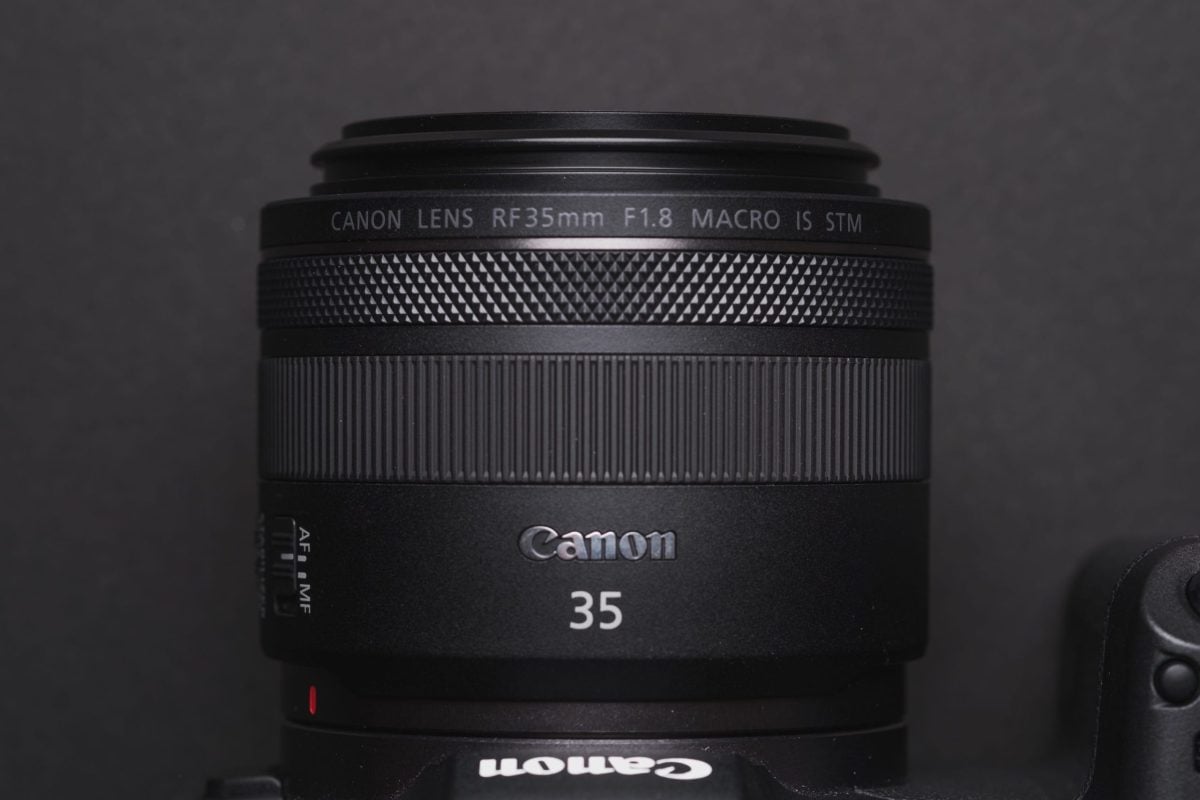
This lens is called a macro lens because it can focus very close. But you won’t have the 2x or 4x magnification or anything like you would expect in a close-focusing insect macro lens, you only get a .5x magnification, which works great for flowers, but you’ll struggle to get an ant or anything small like that to fill the frame.
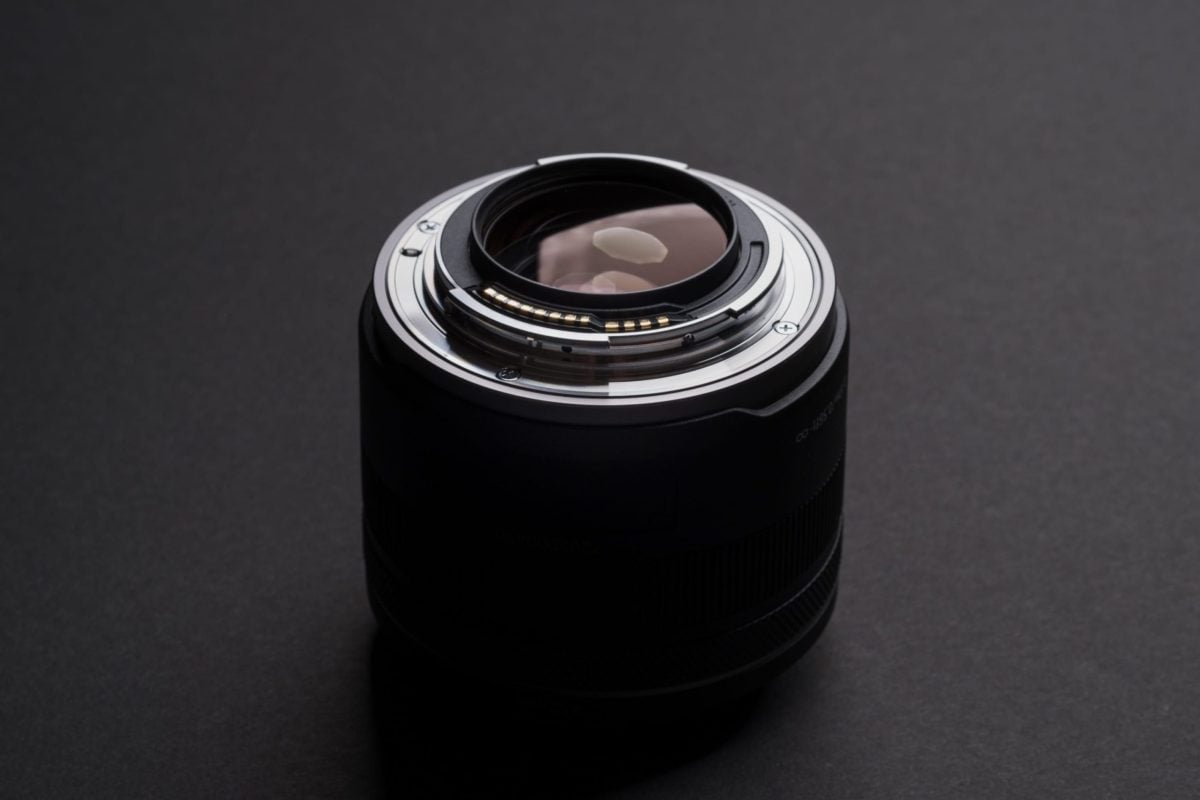
Autofocus
The focus system is fairly quick although it can be loud when taking photos. When switching over to video, it is almost completely silent, and you only hear the electric moan of the motor if you put your ear right up to it. A mounted mic will not detect this but the in-body mic might. I’ve yet to hear it in day-to-day real-world shooting.
I have had a few issues with missed shots, but the lens is a macro, so when you’re shooting things very close, it can take some time before focus is acquired, or sometimes tracking will lag if something is moving towards you, especially in video. My biggest issues with missed focus usually happen when I’m zone-focusing with tracking, which I think is more of a Canon R issue than a lens issue.
Lens IS
Is Canon IS better than IBIS? The answer, yes, sometimes. I did hours of testing versus the Sony A7rIII and I have definitive results. The issue with IS is that it doesn’t correct for tilt shake which IBIS does, but this is only a noticeable issue really with video.
When trying to use the camera to vlog, both IS and IBIS systems can’t take the big shake hits from walking as you can with smaller sensor IBIS systems (Olympus, Panasonic GH6, X-H2), but if you ninja walk, you will be ok.
Small shakes, from shaky hands or large vibrations, are noticeably better with the IS lens compared to the Sony IBIS. Also, if you’re shooting video, IS + Digital IS is noticeably better than IBIS and the digital IS does correct the tilt take. When using Digital IS you will have to watch your shutter because of the motion blur that is introduced. If you’re shooting 1/50 you may want to turn off Digital IS if you’re dealing with a lot of shake because you can still see the motion blur even though the image is stabilized.

Canon RF 35mm f1.8 IS Macro | Technical Overview
Sharpness
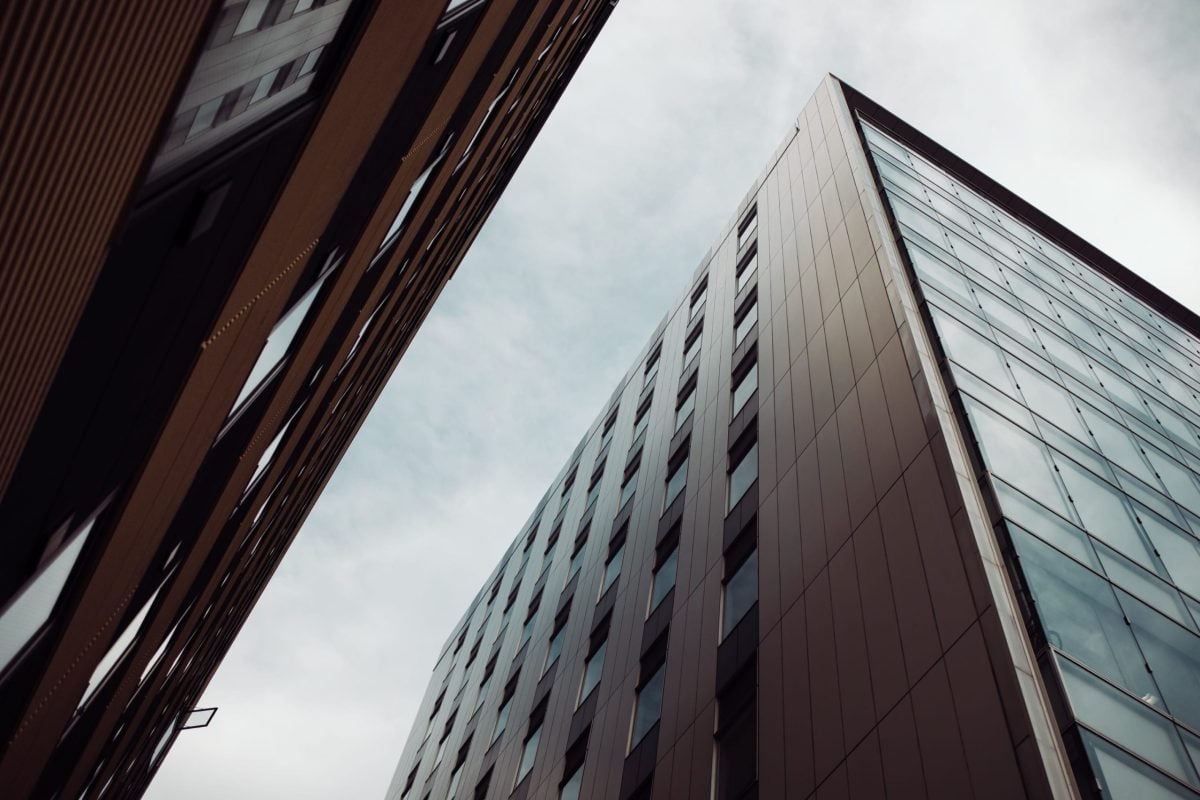
Center and corner sharpness performance is very nice and actually very good compared to most 35mm lenses I’ve tested and better in the corners than most 35mm lenses in this price range.
The lens is sharpest at around f5.6 up to f11, and it’s possible we could even see better performance with higher-resolution cameras without optical low-pass filters. However, I do start to see a reduction in quality at f16 due to diffraction.
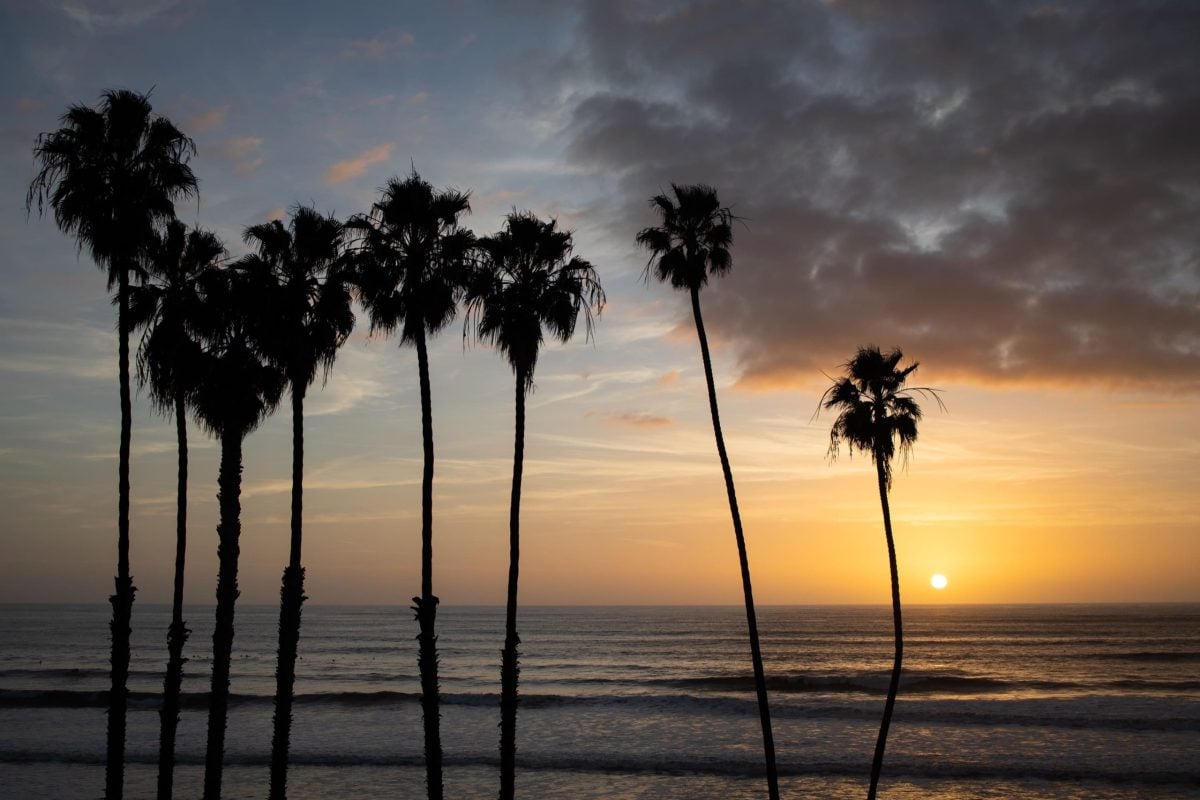
Center Sharpness
Center sharpness is very impressive with the Canon RF 35mm f1.8. It’s a little softer at f1.8 but it improves significantly even up to f11. The sweet spot is between f5.6 and f11 but you do start to see some very minor diffraction at f11 on the Canon R.
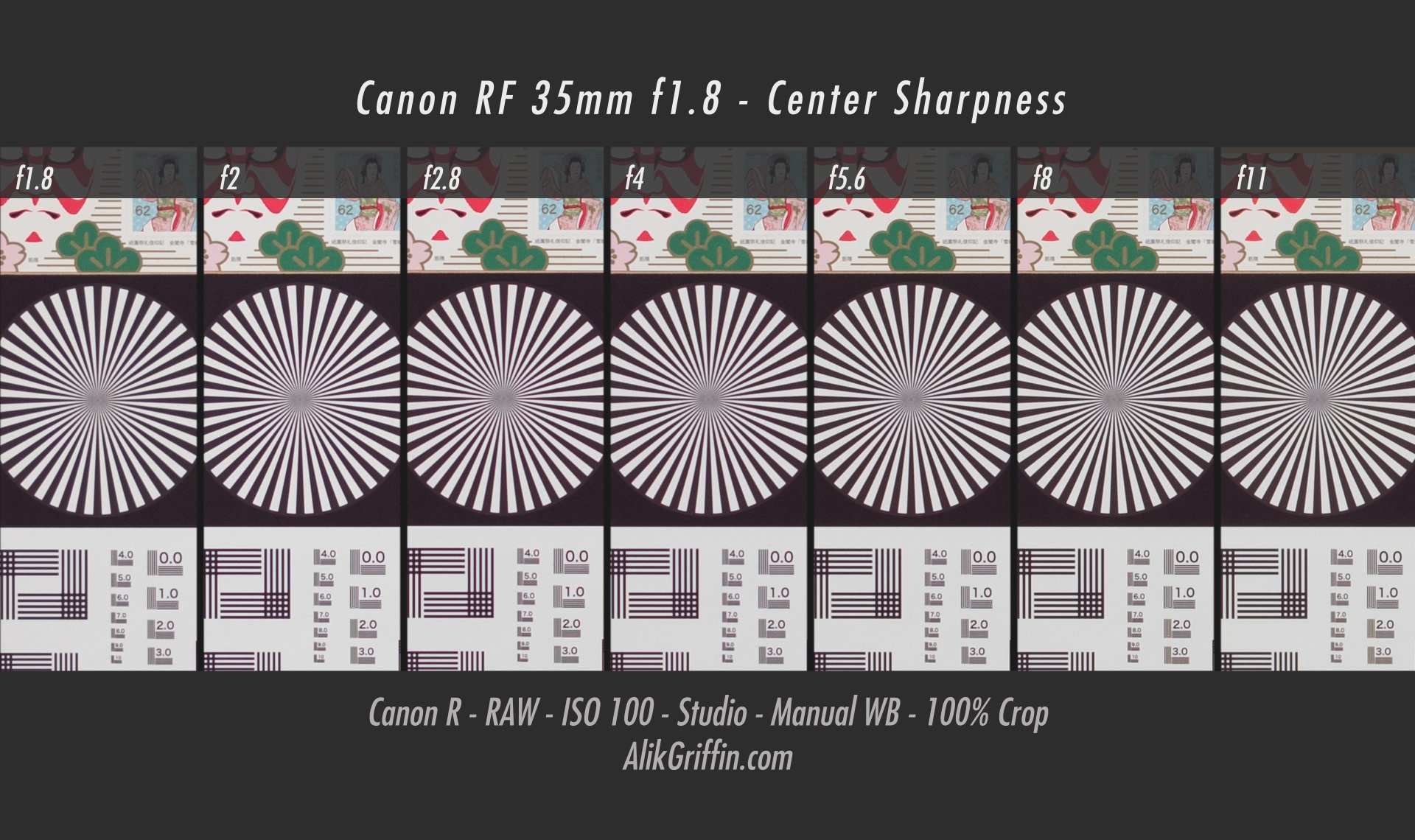
Corner Sharpness
Corner sharpness is very nice. There is a bit of vignetting here but it performs very well at f1.8 and steadily improves until about f11.
You can see an astigmatism here at f1.8 and f2 in the corners which doesn’t clear up until f2.8. Look at how in the circle in the chart has more contrast in the top left and bottom right quadrants. Also, vertical lines are softer than horizontal lines.
Corners sharpness sweet spot f5.6-f11.
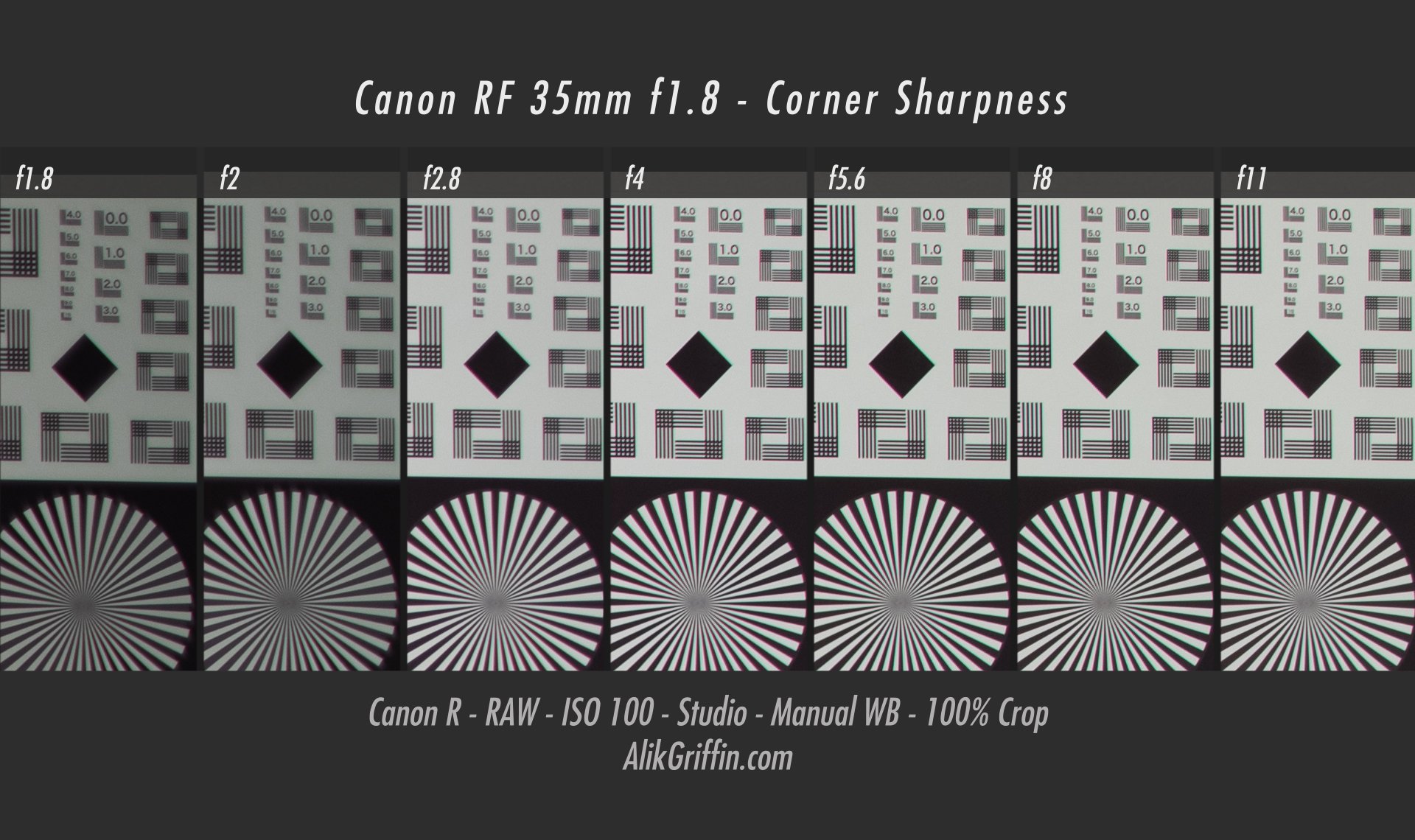
To get the maximum sharpness and output out of this lens, it’s best to shoot no higher than f11 on the Canon R and no less than f4, and f2.8 if you want a nice balance between sharpness and bokeh with as few issues as possible.
Vignetting
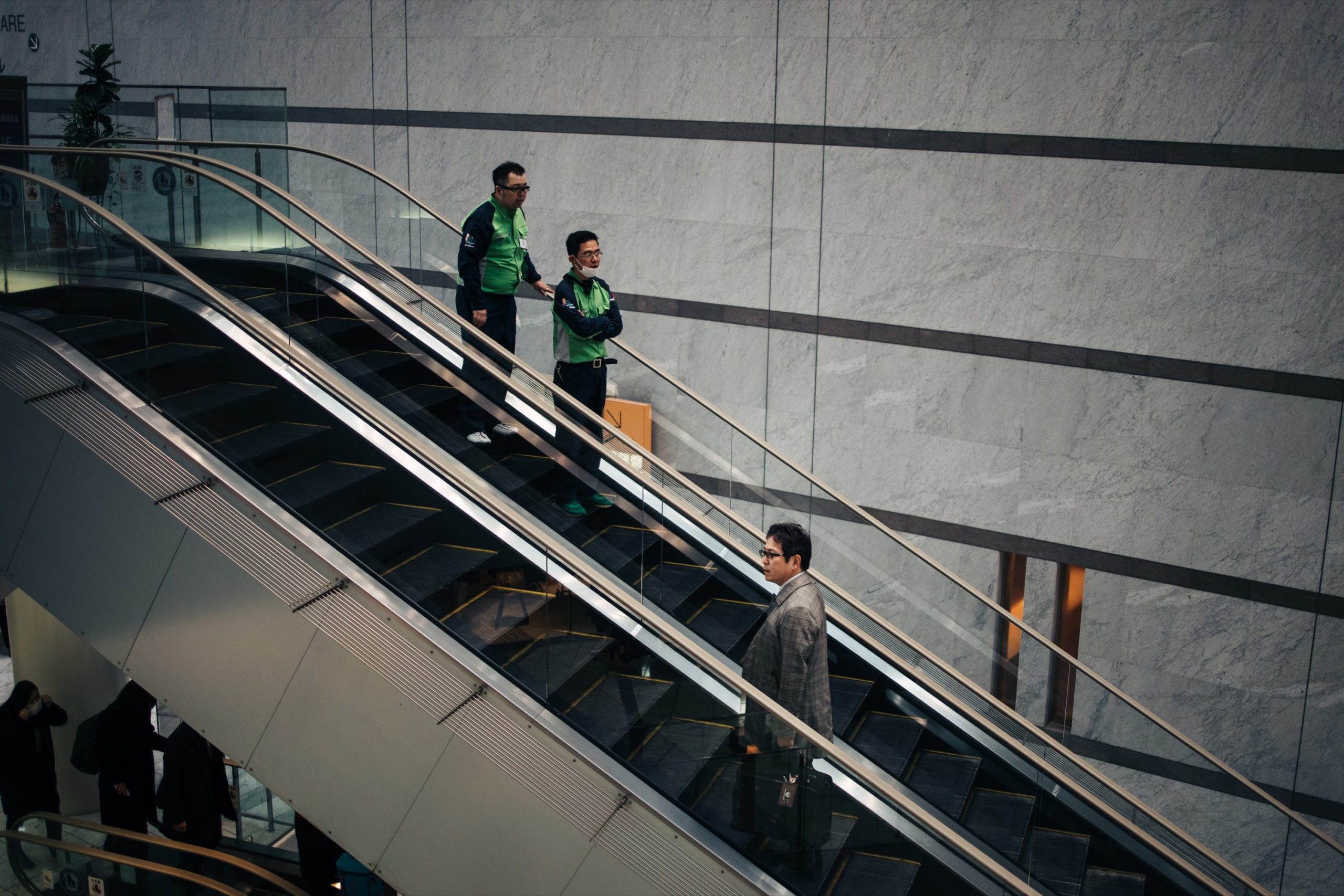
There is quite a bit of vignetting at f1.8 and f2 but it clears up almost completely at f2.8. I’m still waiting on Lightroom profiles for this lens to work out the vignetting. You can set the camera up to correct it when shooting JPG and video, but I like to shoot RAW on Canon since the Canon RAW files already have such a nice look and you can shoot cRAW and have RAW files that come out smaller than JPGs.
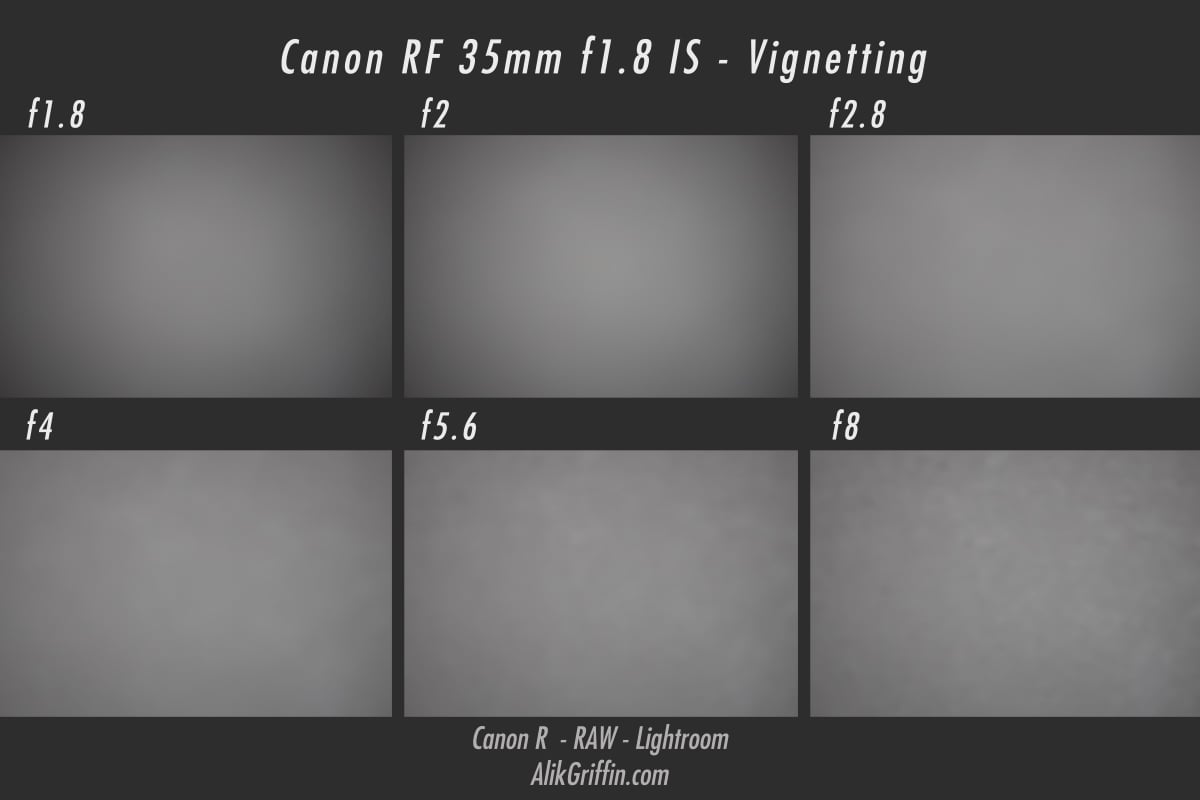
Distortion

There is some barrel distortion when uncorrected. For the most part, lens profiles will clear this up without a problem either in-camera or in Lightroom, when they become available. You can also clean it up by hand fairly easily.
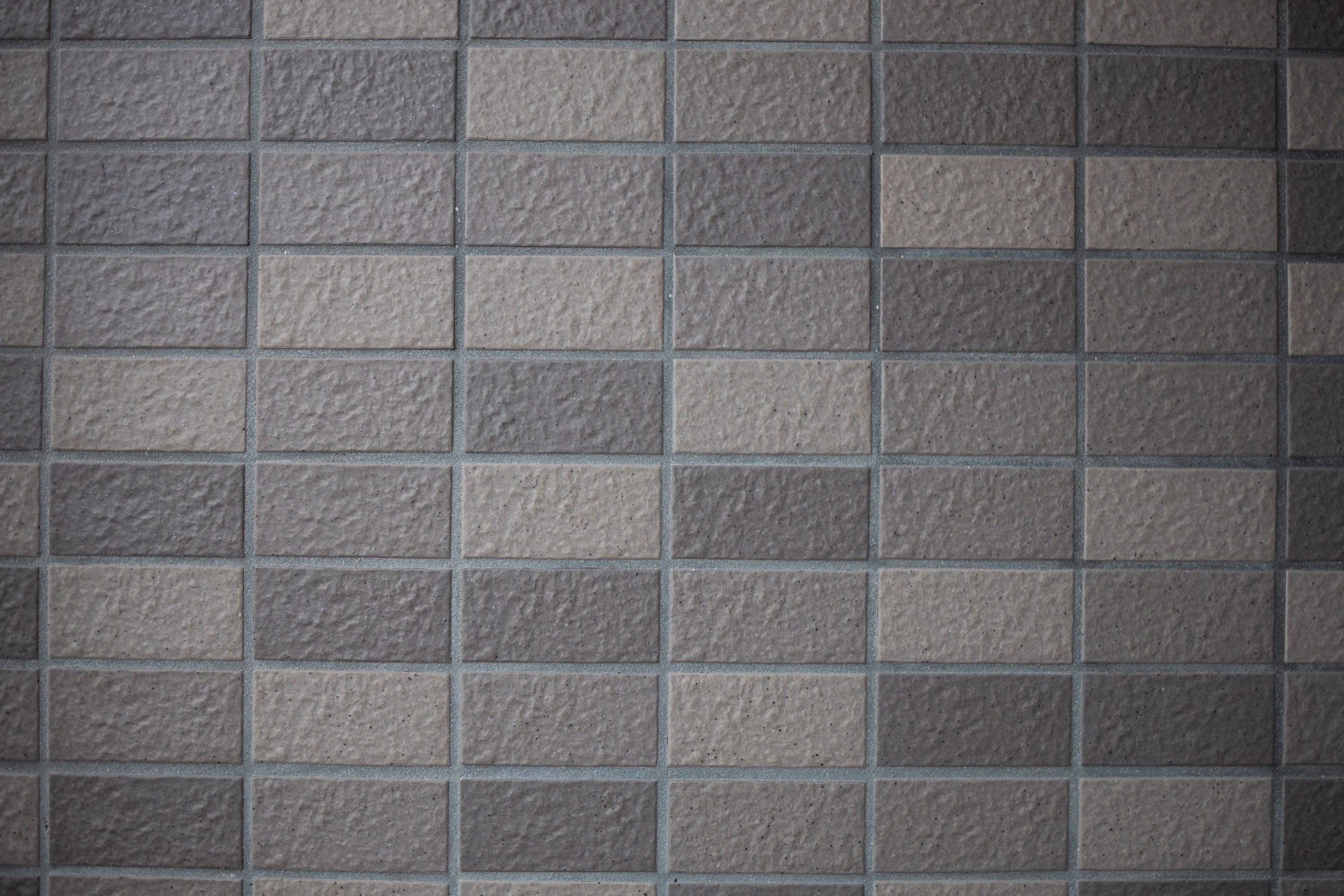
Chromatic Aberrations
You will see some chromatic aberrations along high-contrast edges. Some cameras are correct for this with built-in profiles, Canon for some reason does not so you’ll have to make sure the “remove chromatic aberrations” checkmark is turned on in Lightroom.
In real-world shooting conditions, I don’t have any issues with CA.
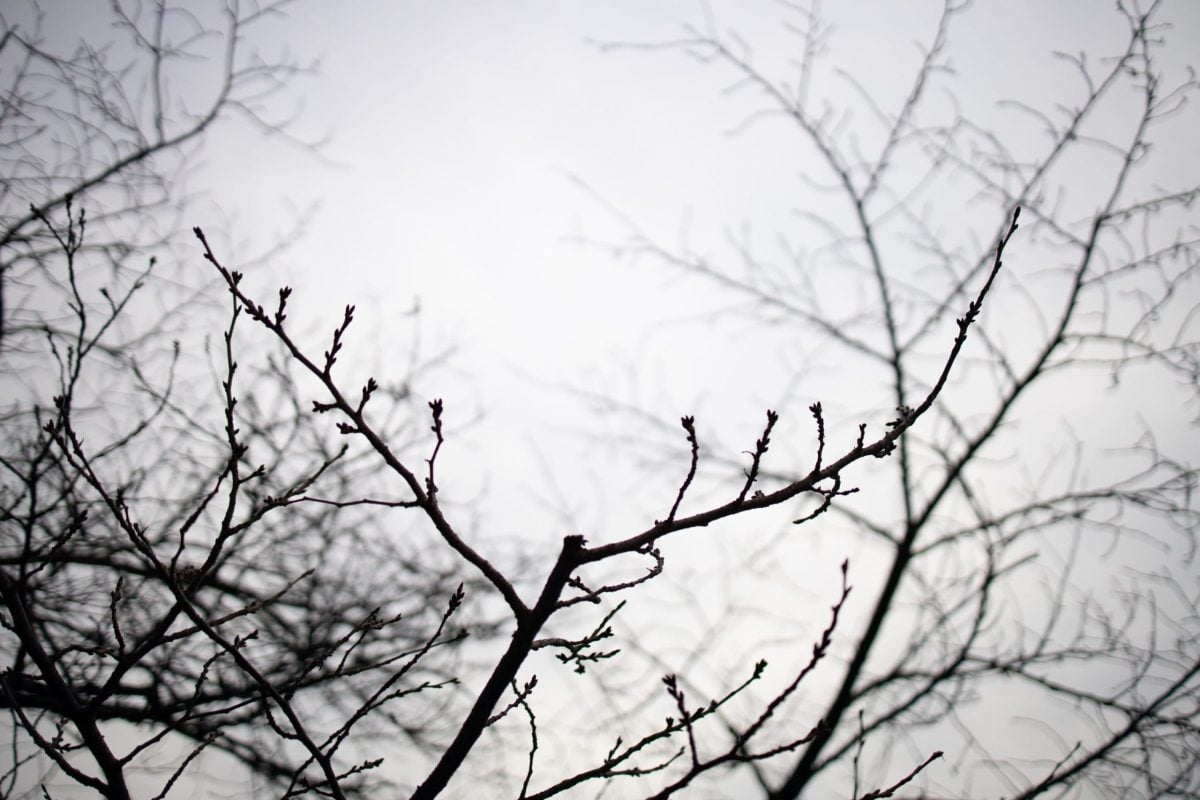
Astigmatism
There is a pretty noticeable astigmatism that will cause the corners and edges to do some strange things with point lights like stars, Christmas lights and sometimes bokeh.
This lens will be useless for astrophotography.
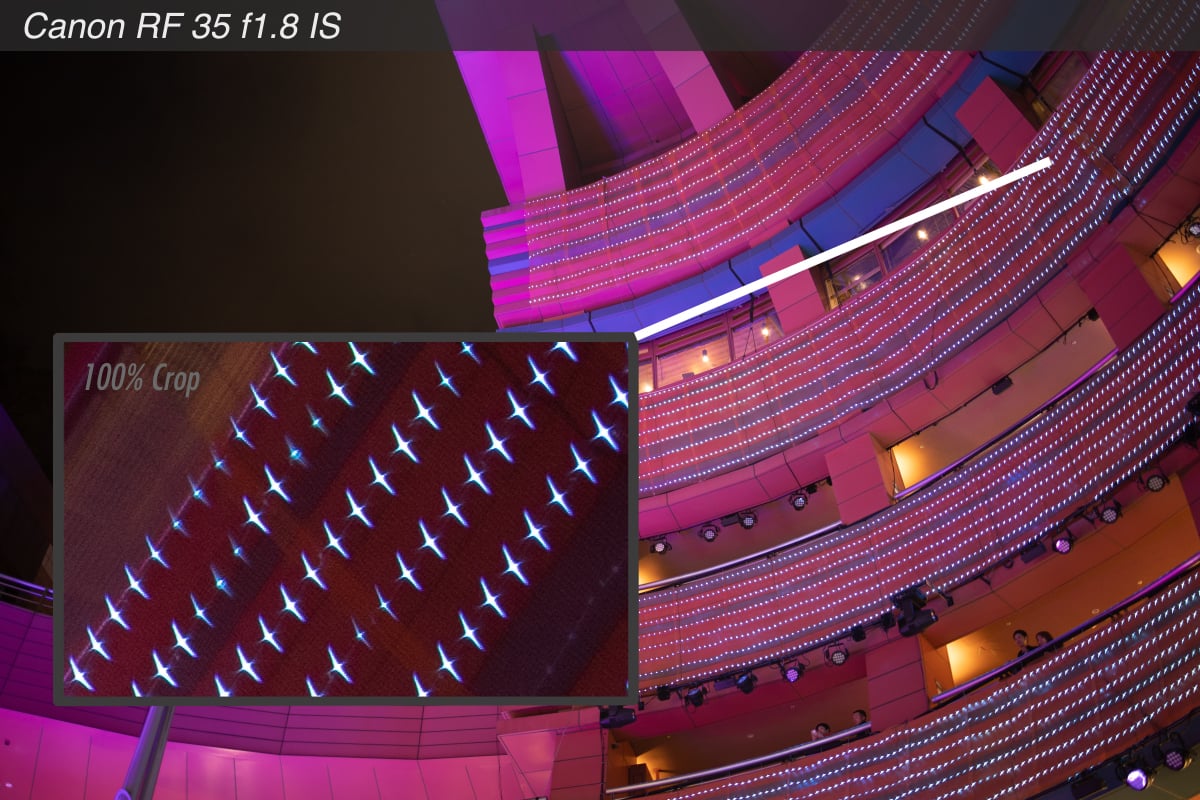
Art & Character
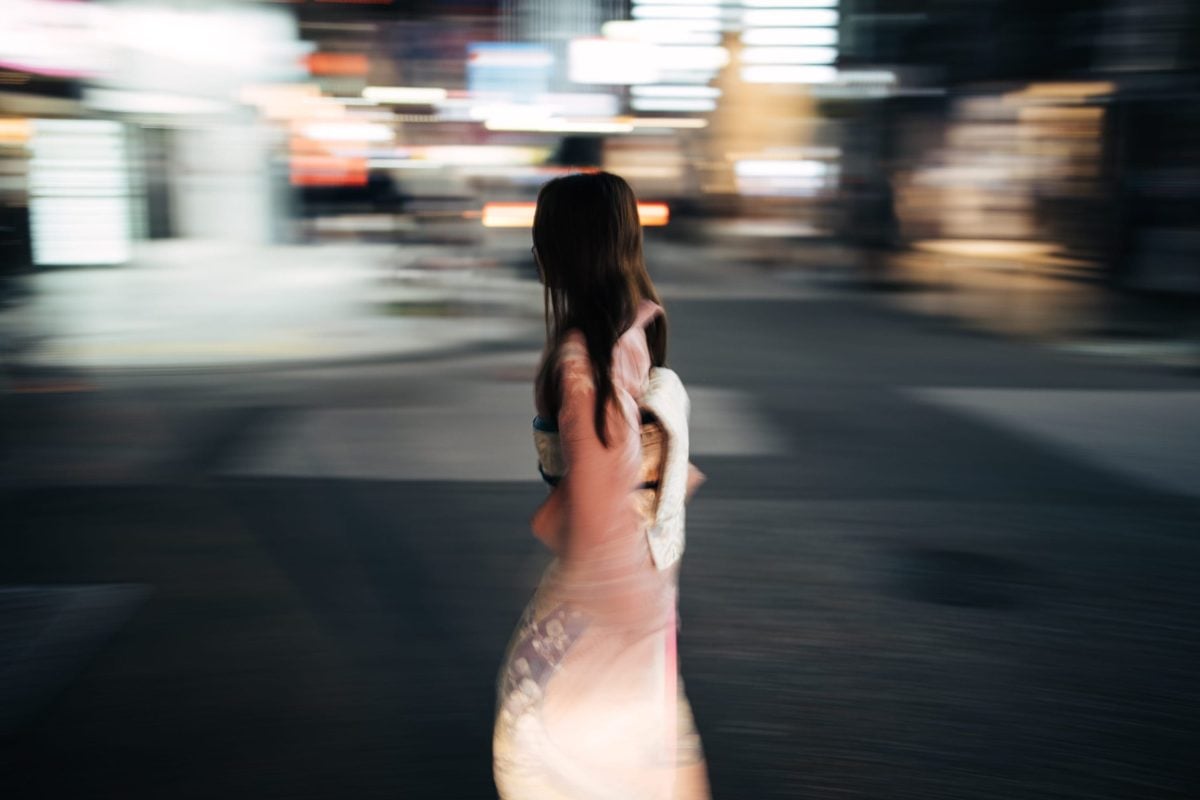
The character of the 35mm f1.8 has some nice qualities, and there is a little bit of magic to this lens in terms of focus falloff, but you will have to watch out for the funky bokeh at f1.8 and f2.
Canon always does a really nice job of balancing their lenses. They don’t stuff elements to correct which kills the natural tonality of the image, rather they often built their lenses to have a nice balance between character and correction. 11 elements is pretty standard for a nice corrected 35mm, but it doesn’t have as much pop as say an 8 element Fujinon 35mm f1.4, which is an APS-C lens, or the full-frame 7 element Sony Zeiss 35mm f2.8 which is loaded with more technical issues.
Often lenses that perform technically very well, often underperform with character. The Canon RF 35mm f1.8 sits somewhere in the middle. It doesn’t blow you away with technical performance as seen by the vignetting, distortion, and less-than-perfect corners, but it still maintains some character.
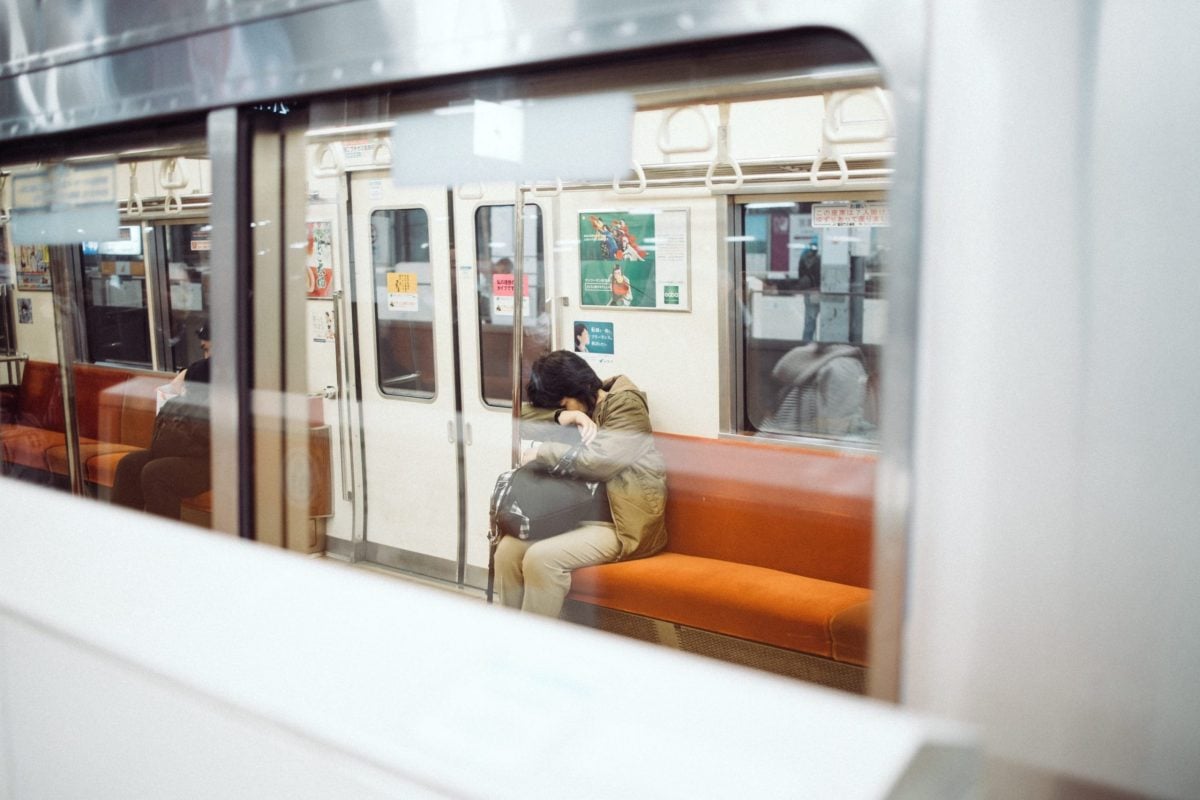
Bokeh
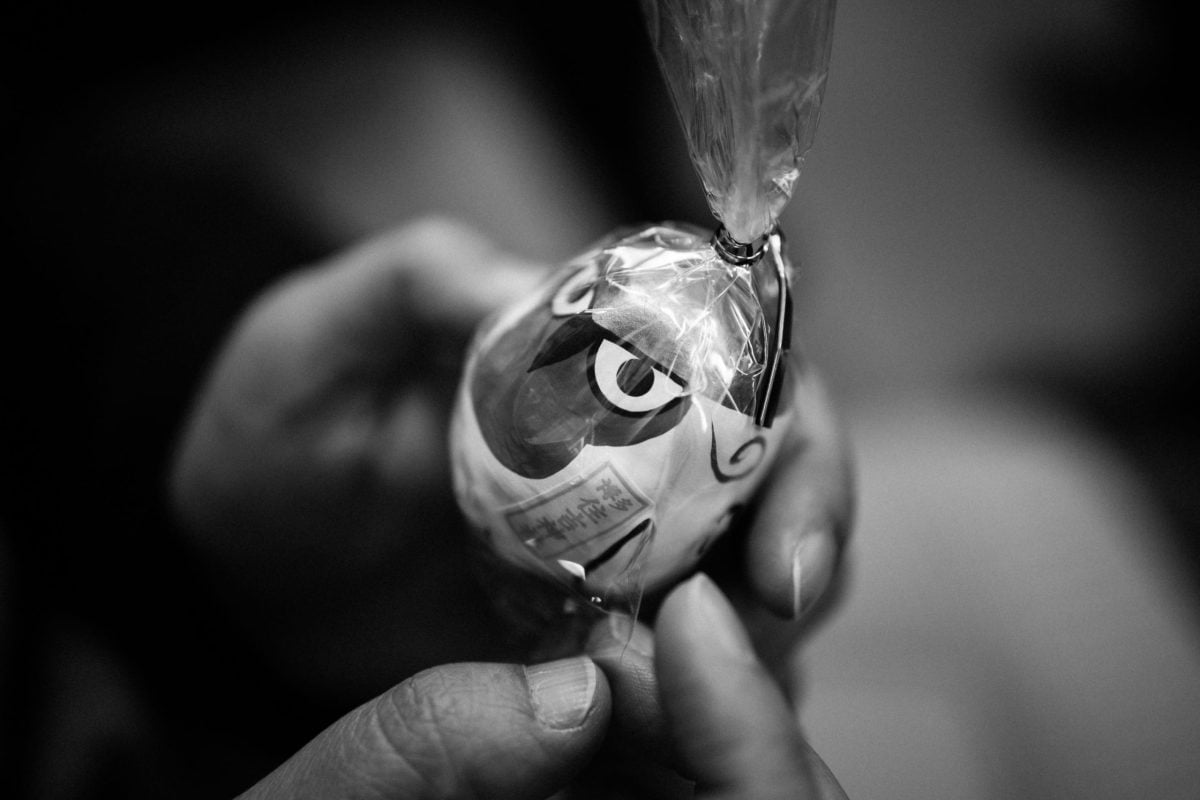
Bokeh looks nice if you’re close enough to the subject. It is a macro lens, after all, so it makes sense that it was designed this way. However, when you move further back from your subject, there are some issues with bokeh along the corners and edges. Sometimes, you’ll see almost this split ghost image, which causes a very uneasy look. There is also some minor swirl to the bokeh.

You’ll also see a slightly shallower depth of field in the center that deepens as it expands out towards the edges which does help with the illusion of depth. The legendary Fujinon 35mm f1.4 also does something similar and a lot of people love it.
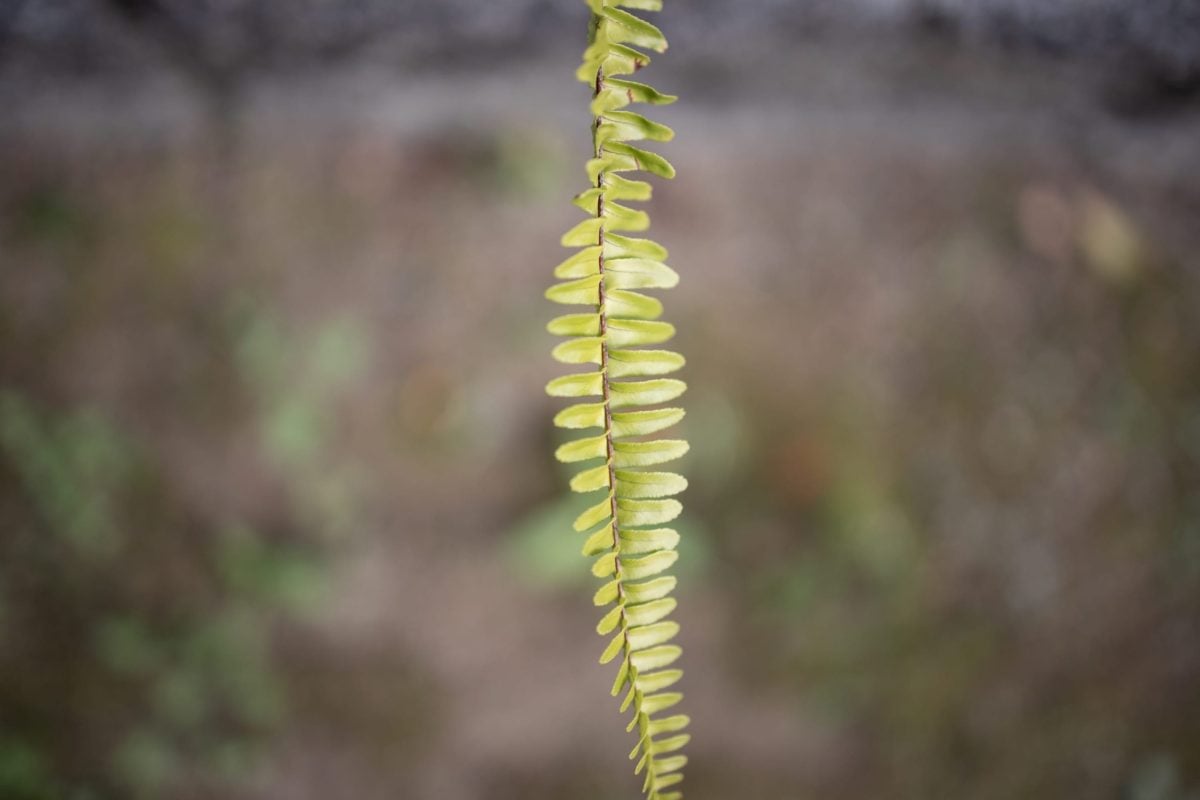
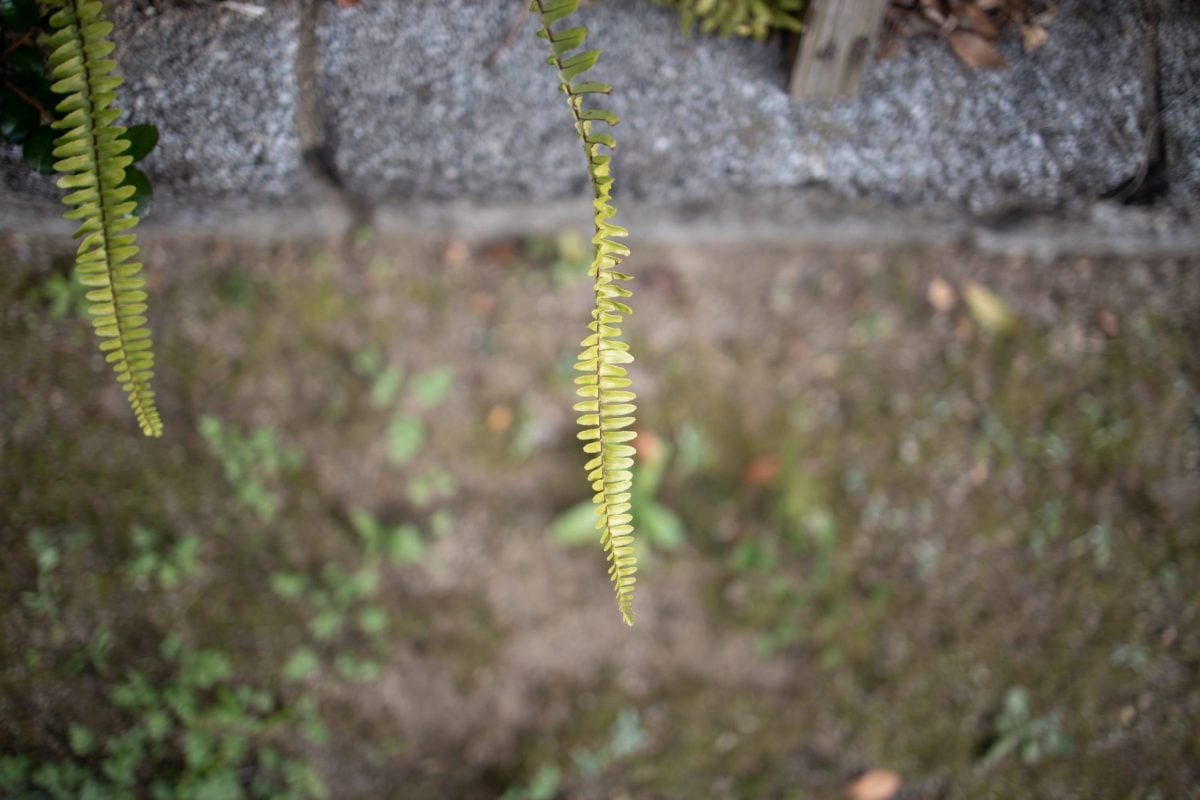
Bokeh Distance
The best-looking bokeh often takes place in a distance sweet spot, especially with 35mm lenses. When you get past 10 feet with this lens you start to see some issues with bokeh in the corners. You almost get this split image that happens and it can give a very distracting nervous feel. So at f1.8, you’ll want to stay within 10 feet (3 meters) for the best-looking bokeh.
This is pretty standard, though. I include this in my reviews now because people will often complain about nervous bokeh, or this bokeh, or that bokeh. However, the quality of bokeh varies massively with distance on most lenses, so this lens will be suited well for headshots, but for full-body portraits, you will get a distracting bokeh.




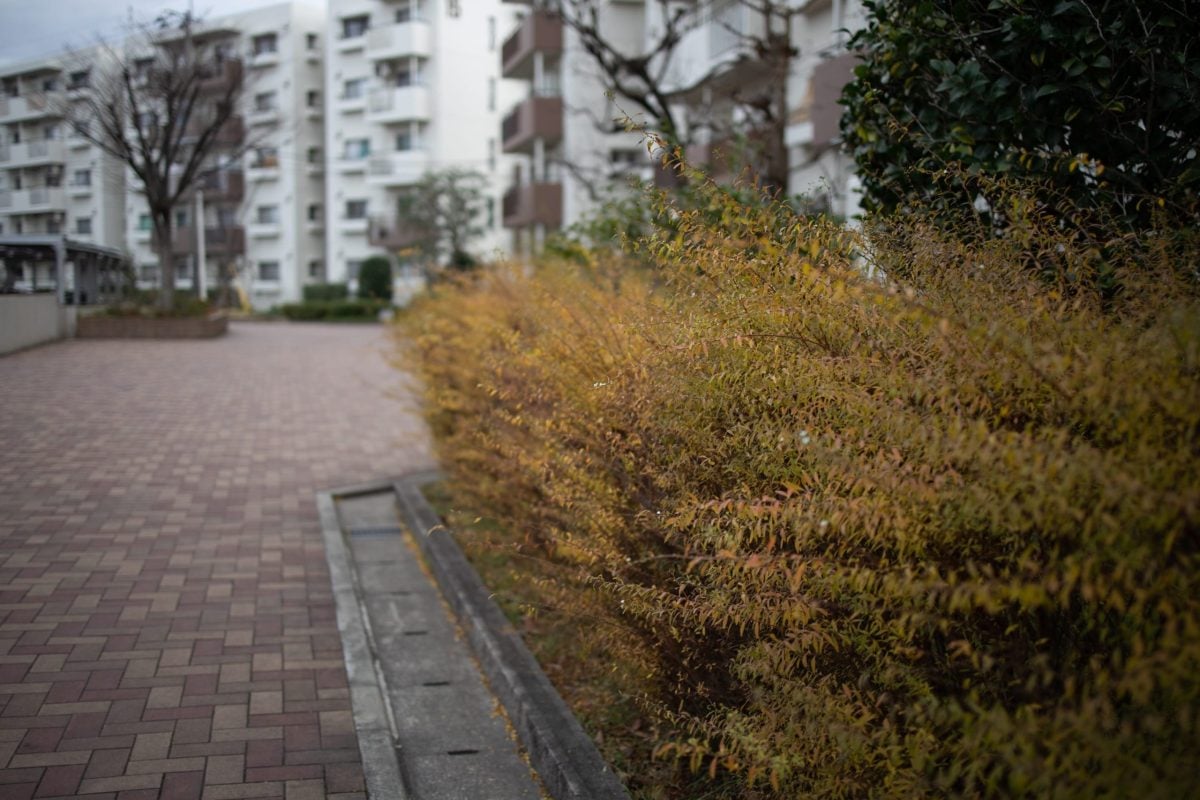
Coma & Bokeh Balls
This lens does have some swirling bokeh that is very apparent at f1.8 and f2 and the coma isn’t terrible.
The 9 rounded aperture blades help bokeh shape as you stop down to those higher apertures and you don’t notice the geometry until about f5.6.
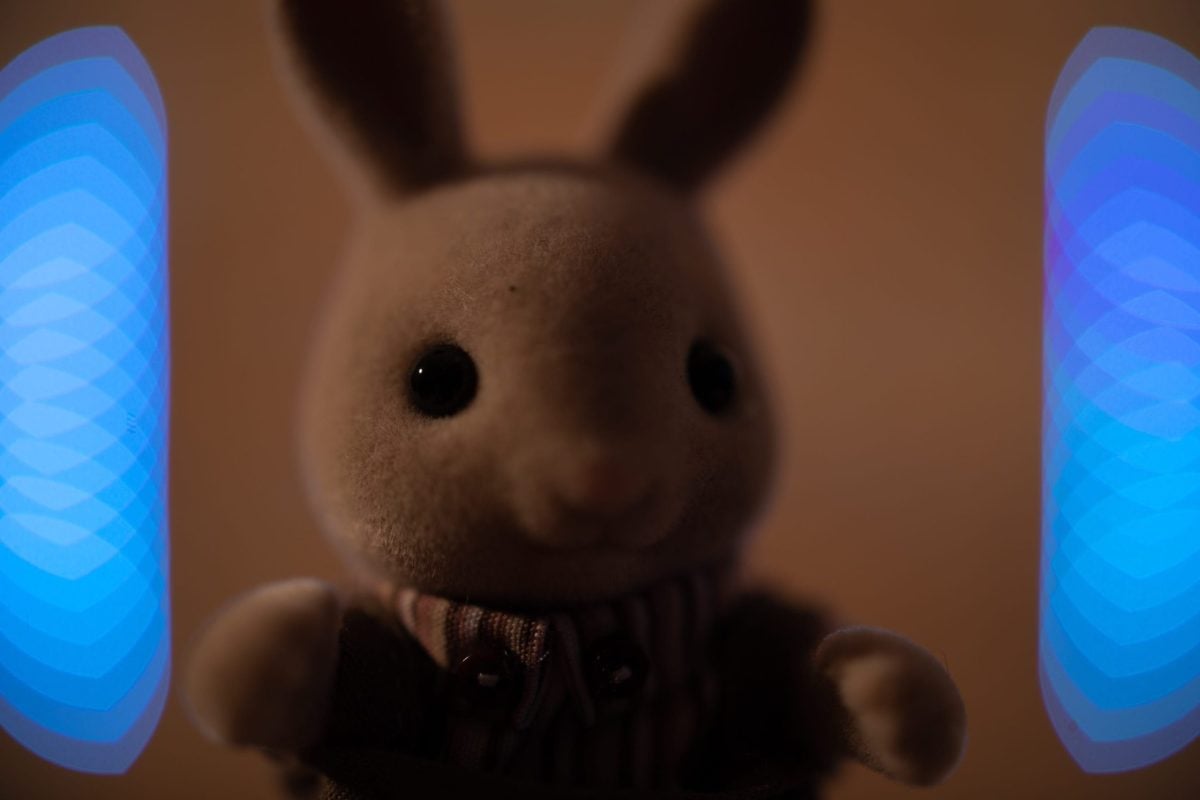
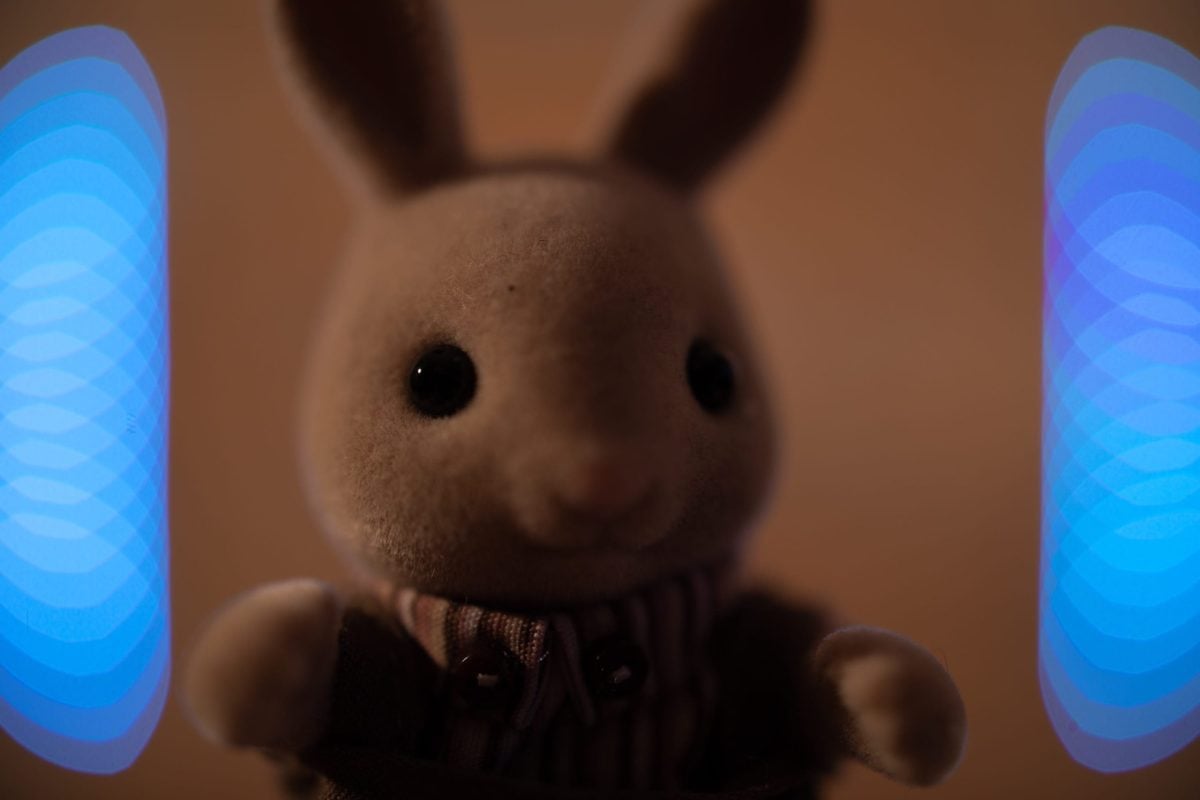
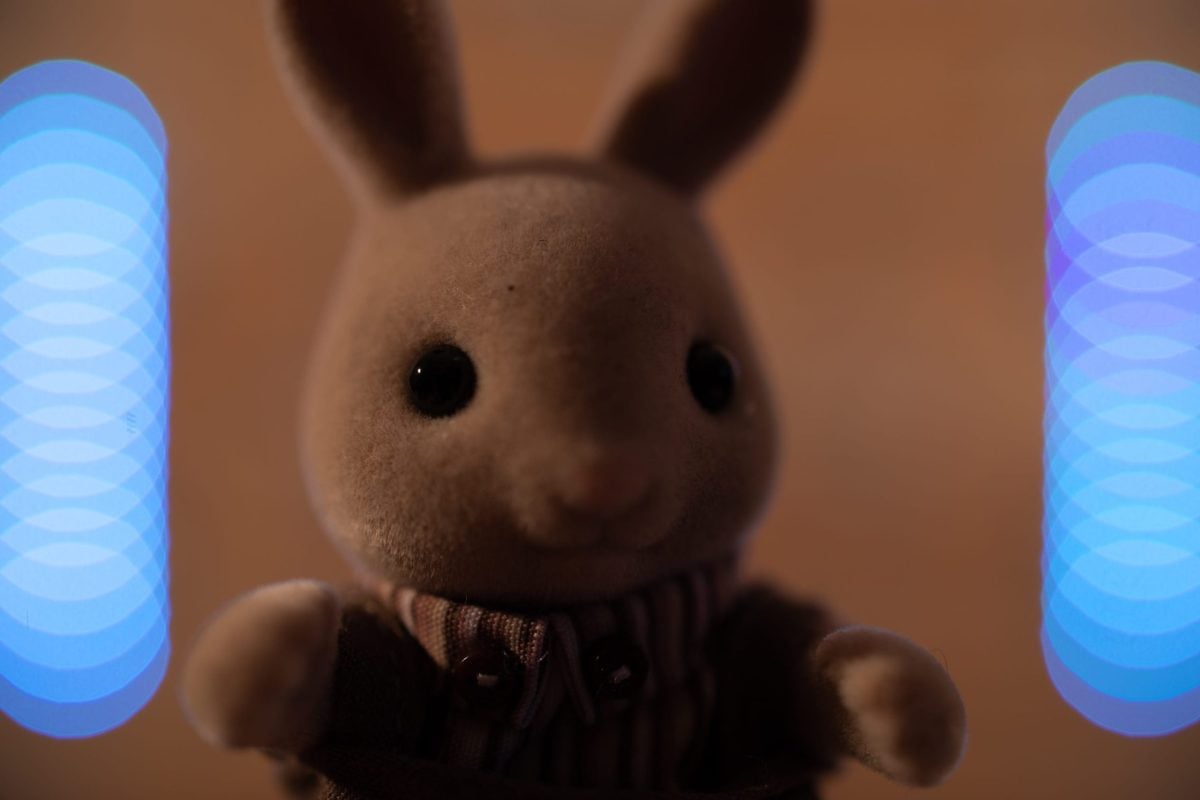
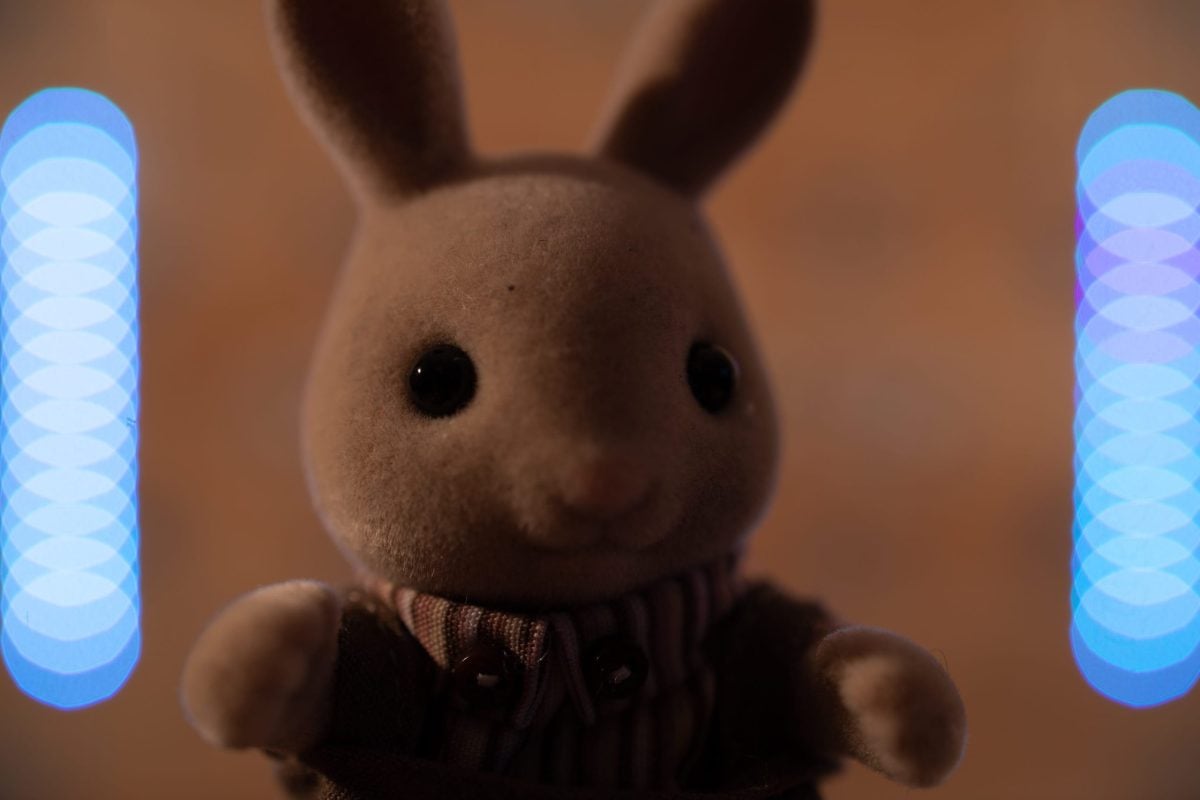
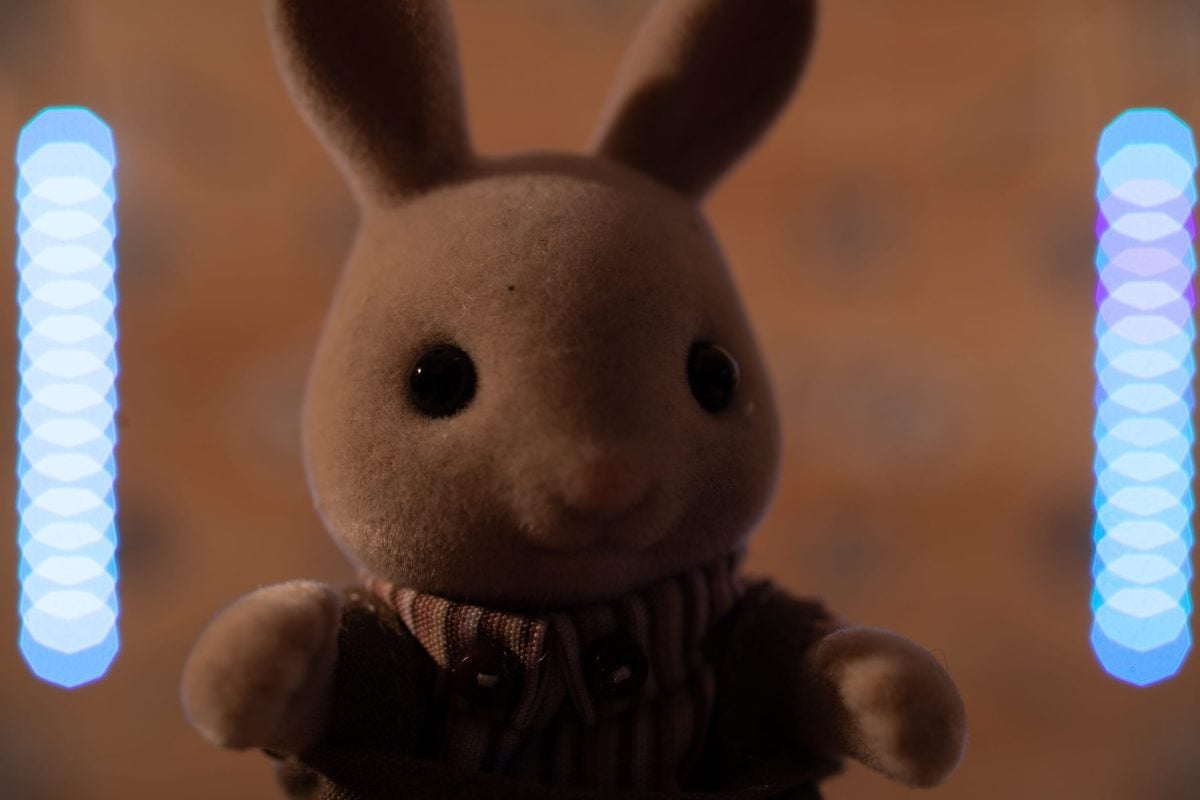



Real World Bokeh Samples
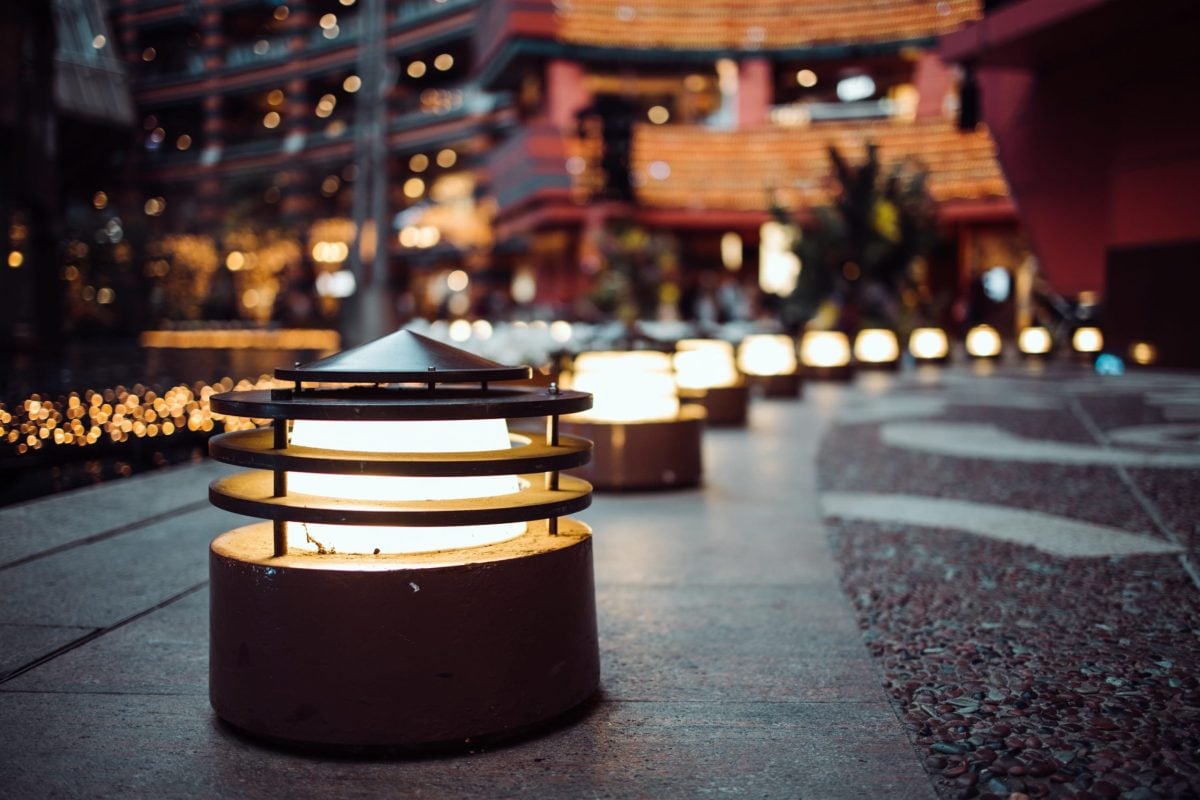
So what does the bokeh look like in real-world samples when I’m not dissecting it to find any flaws?
It looks pretty good! You can see some of the ghosting or swirling in some shots, but for the most part, the images look smooth with great falloff. Overall it’s very fun to work with but f2.8 does give the cleanest results.

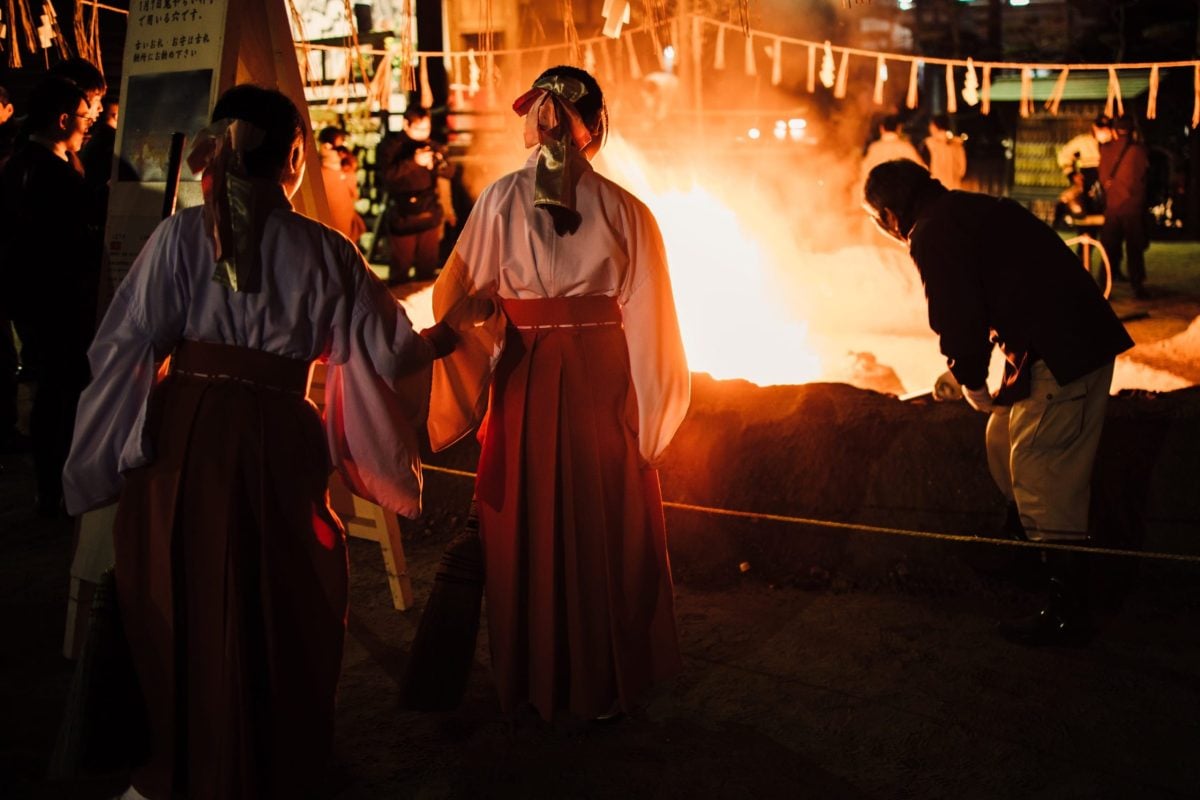
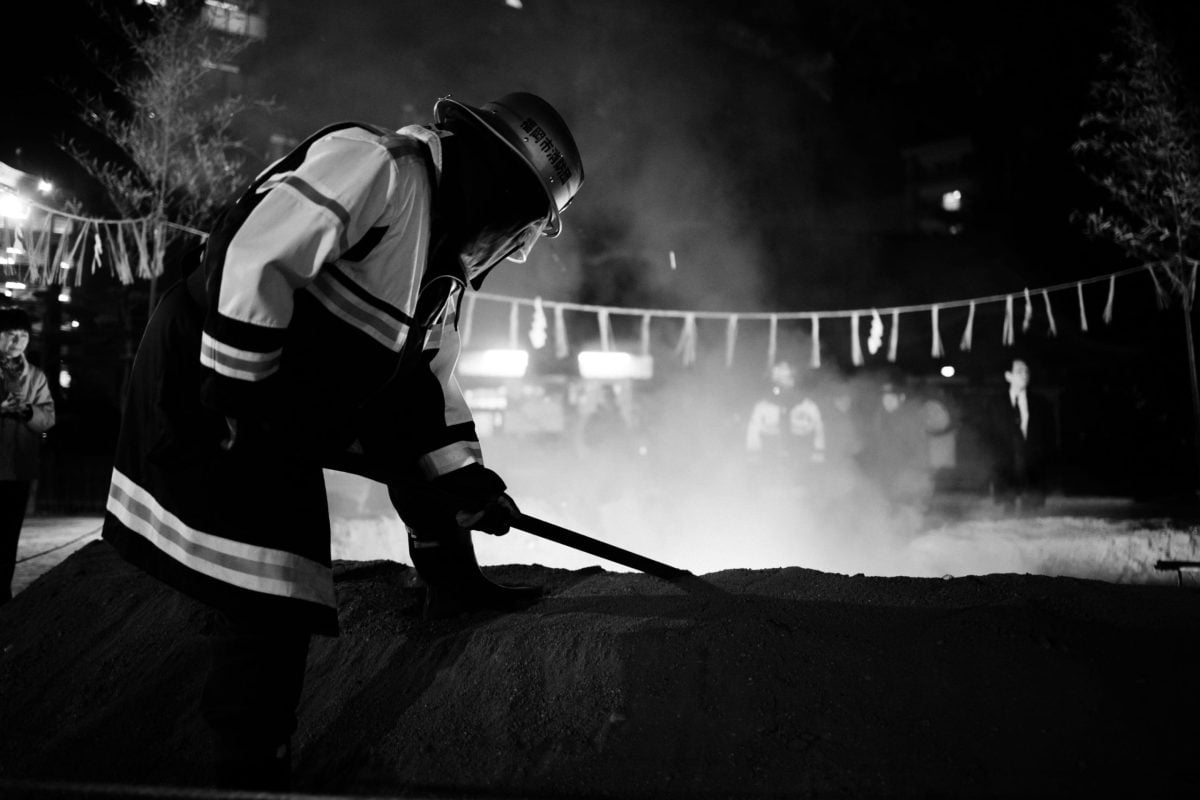
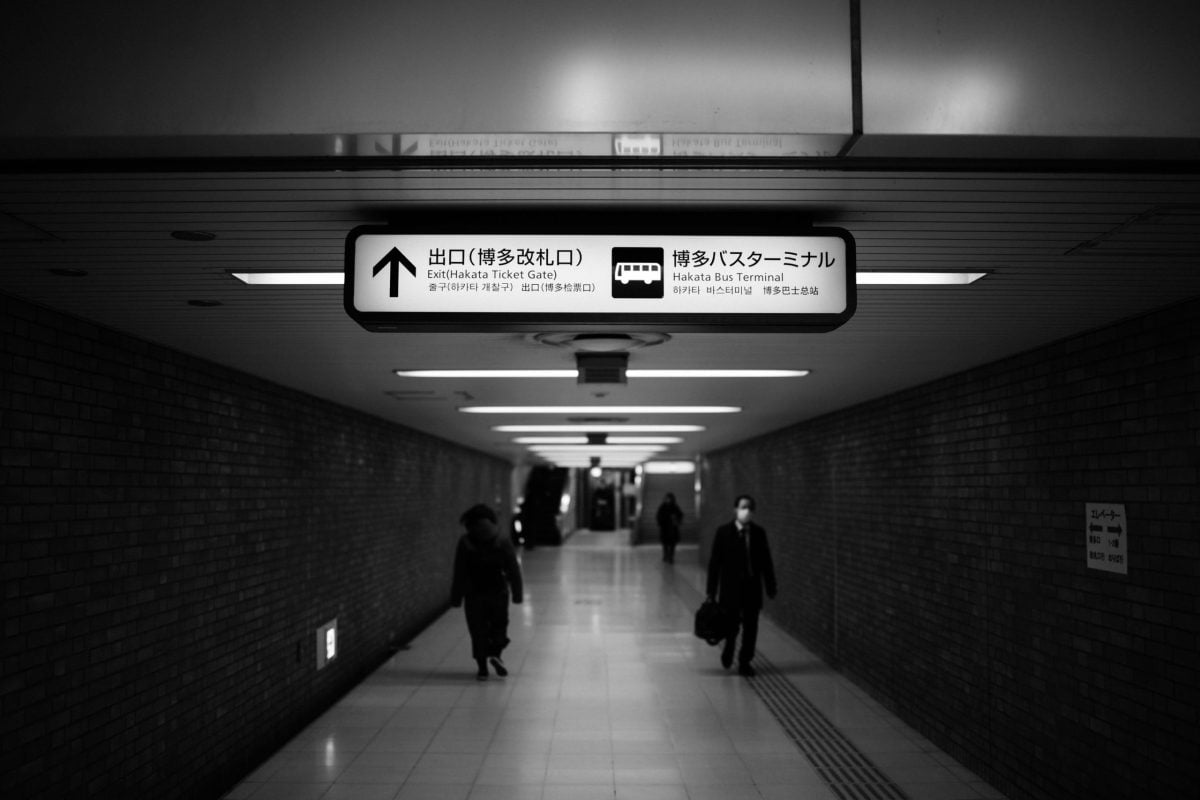



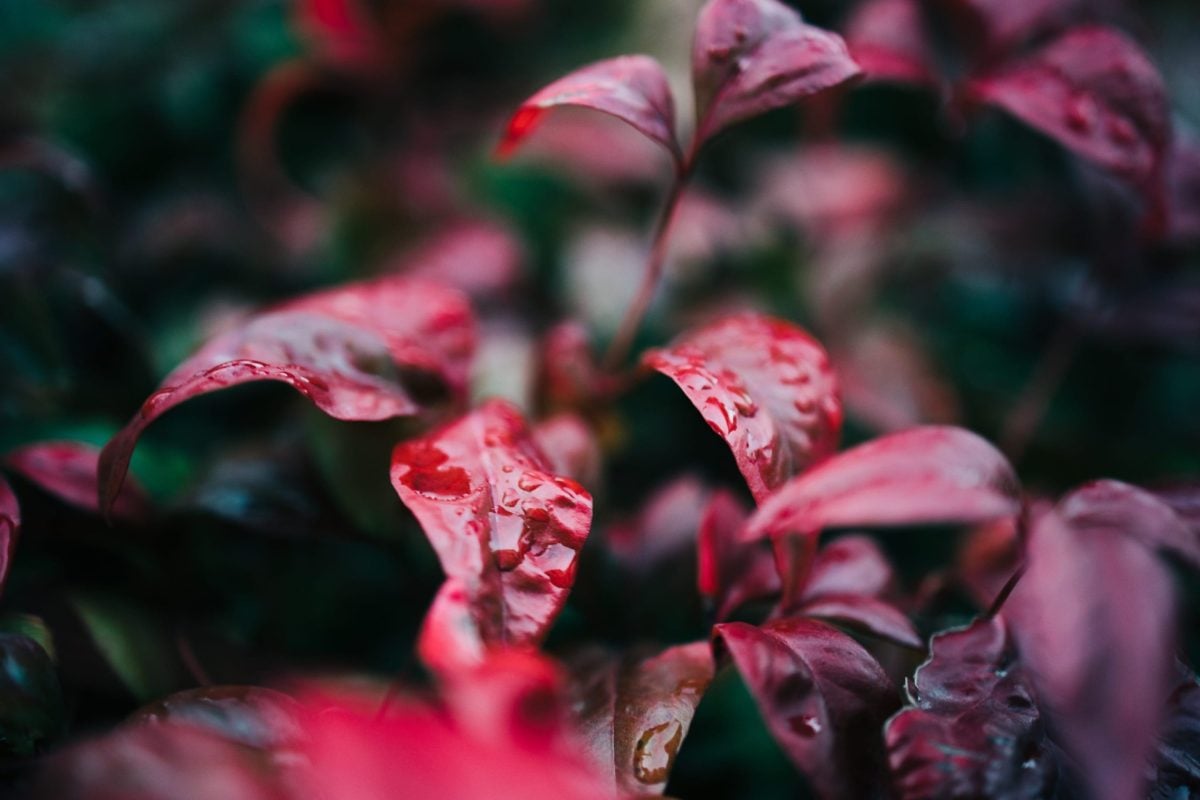

Flaring
Some people think no flaring is a good thing, I personally like a little flare.
Like most of Canon’s new lenses, this one is a little difficult to flare. It really doesn’t flare at all from the sides, but you mostly get some flaring when the sun is in the shot towards one of the edges.

Contrast / Micro Contrast / Color Rendering
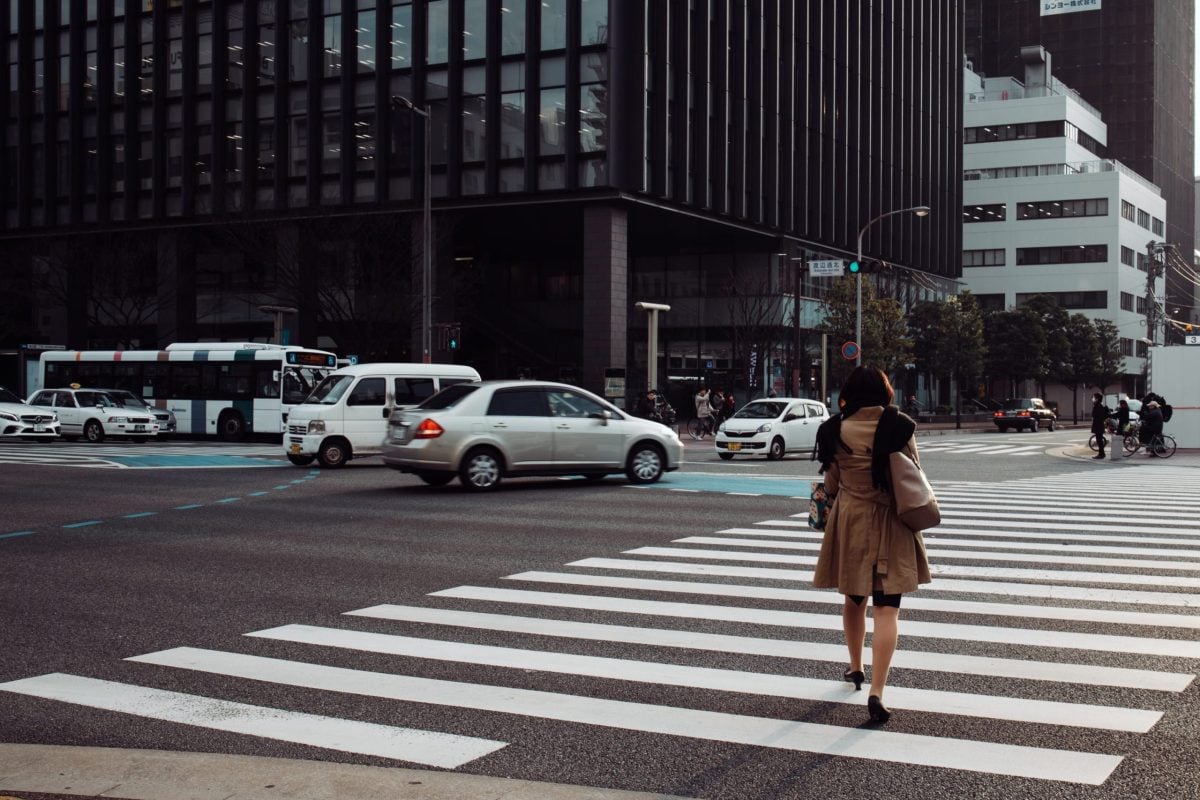
The Canon RF 35mm f1.8 outputs some really nice contrast and color, even at f1.8.
Micro contrast, also known as ‘lens pop,’ is just about average for a modern prime. It’s not as good as some lower-element lenses, like the Sony Zeiss 35mm f2.8, which has a ton of technical problems, but it’s better than most high-element primes and zooms.
Straight Out Of Camera Samples
These are straight out of the camera RAW and cRaw. No color or effects have been added to them. I just imported them into Lightroom and scaled them for presentation.
I’ll post some more samples soon. I’ll be in California for a few months where it should be sunny so I can get some shots that aren’t just grey overcast lighting.
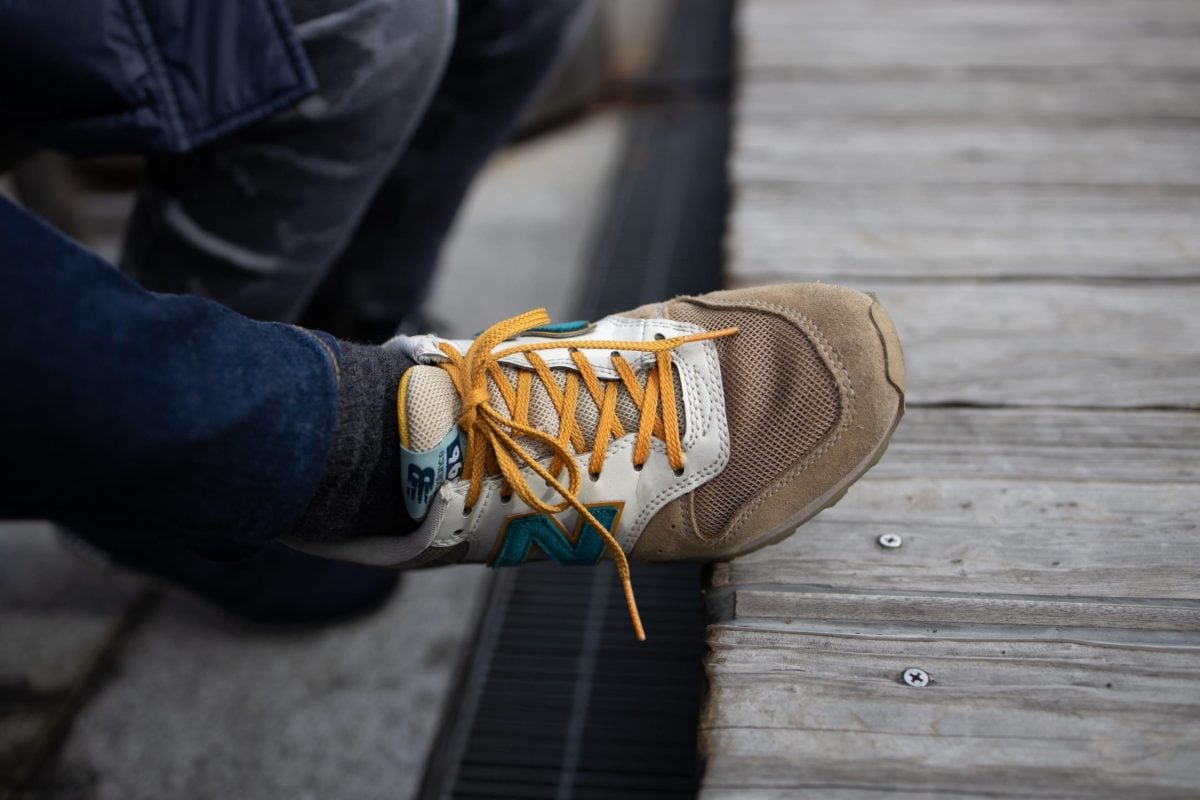
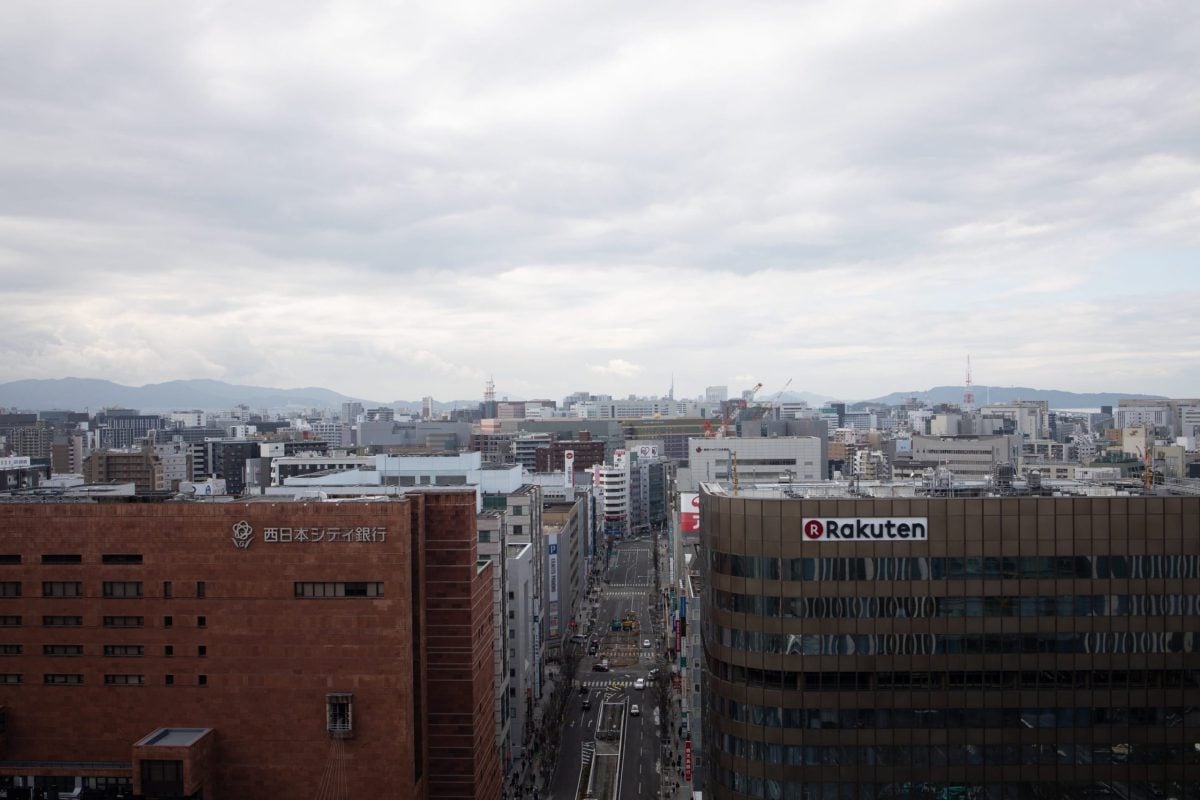
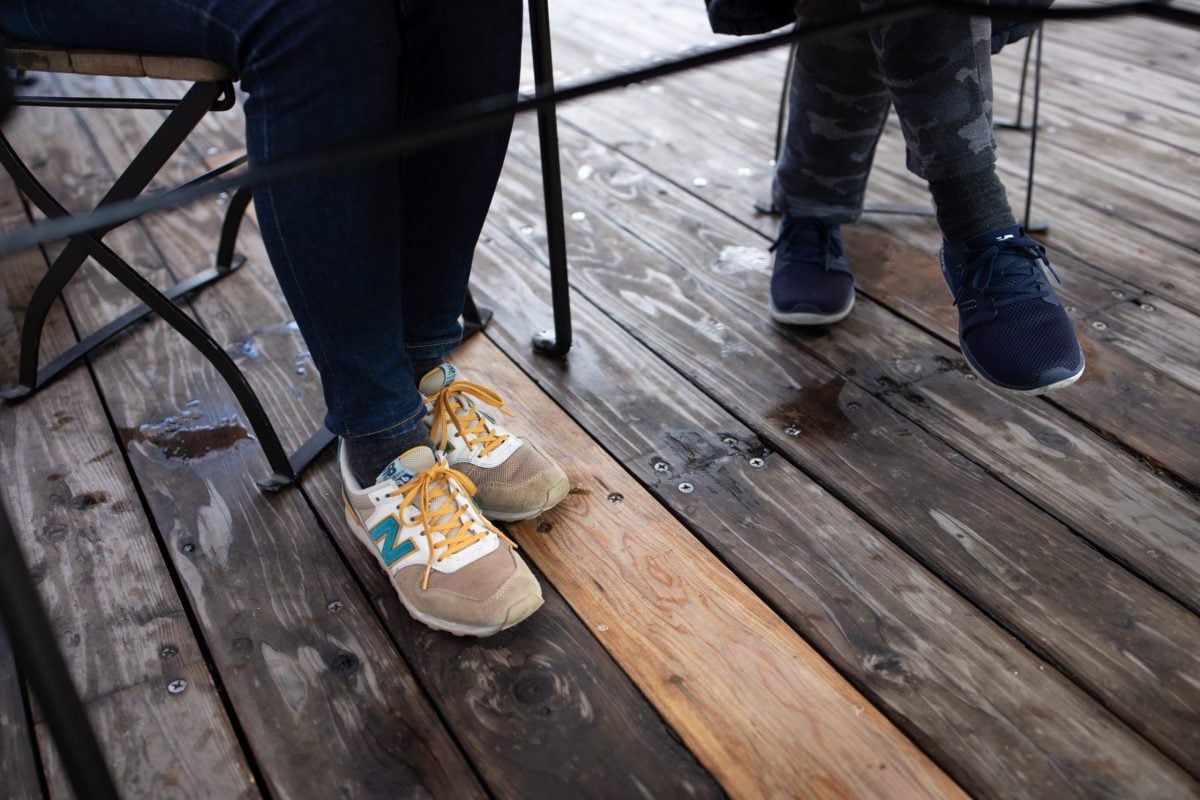

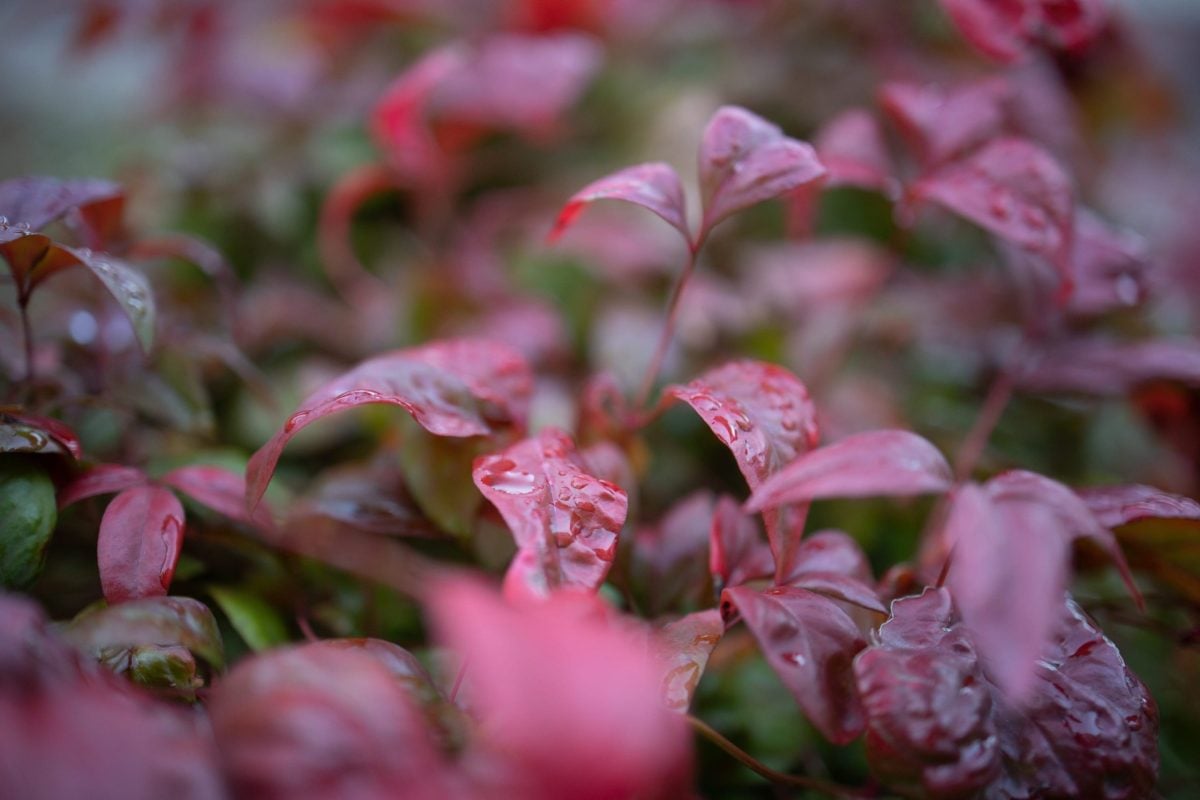
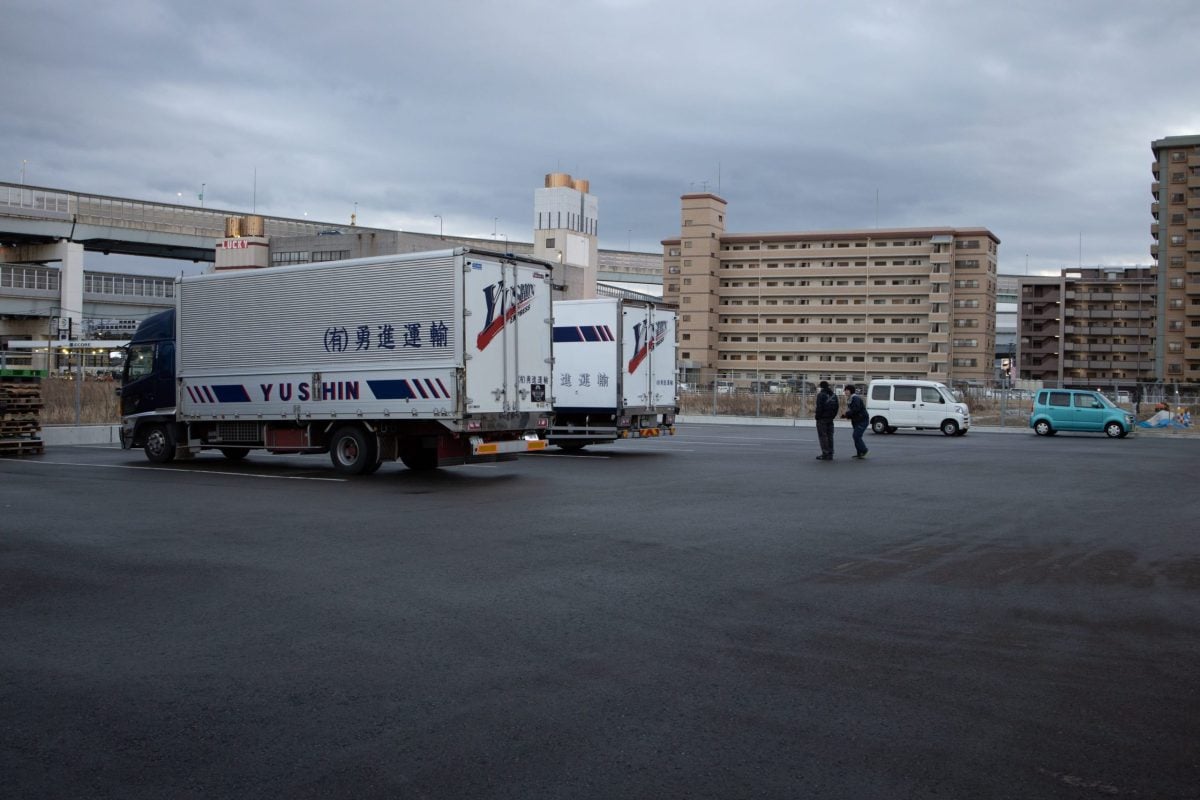
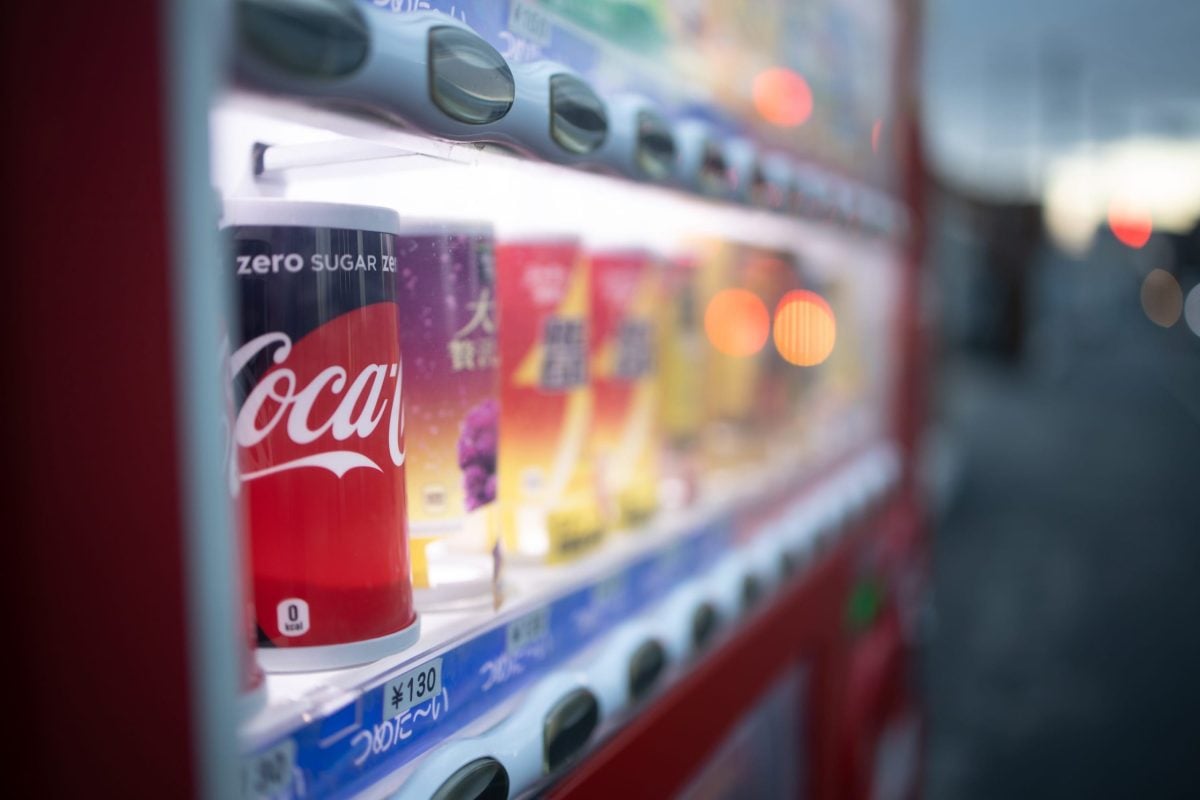
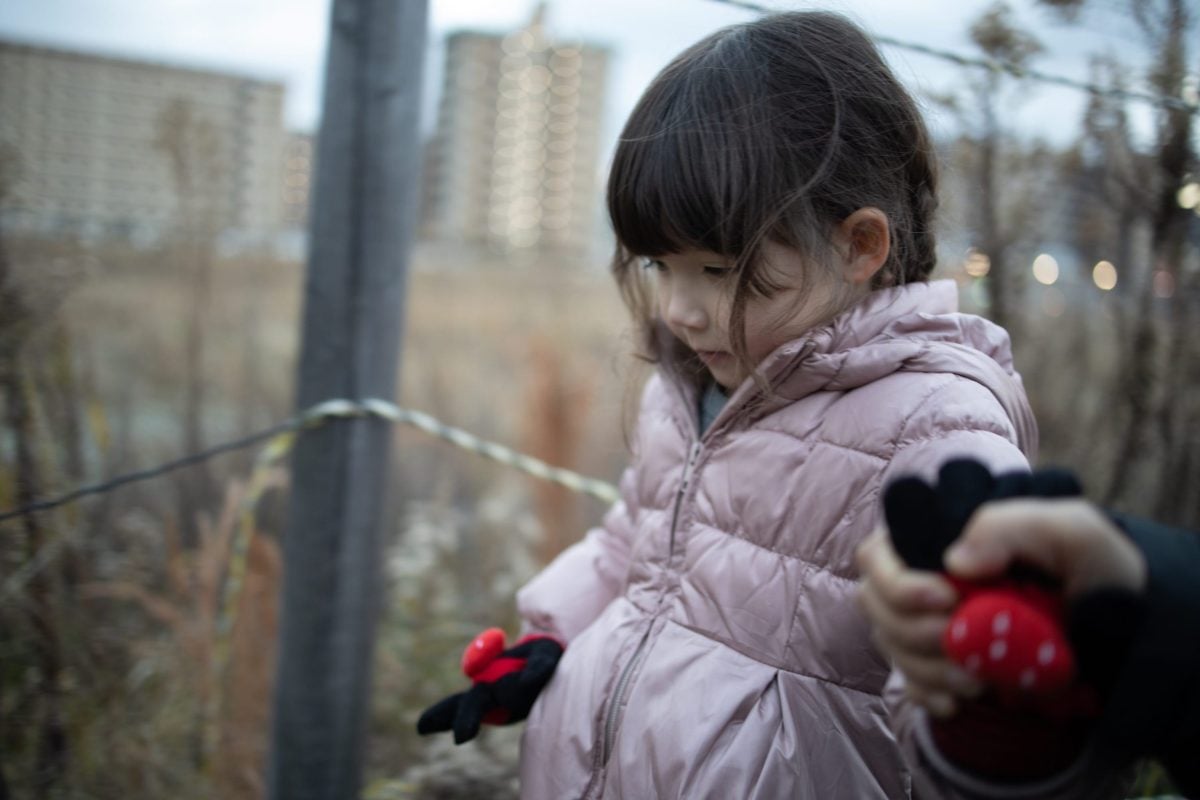

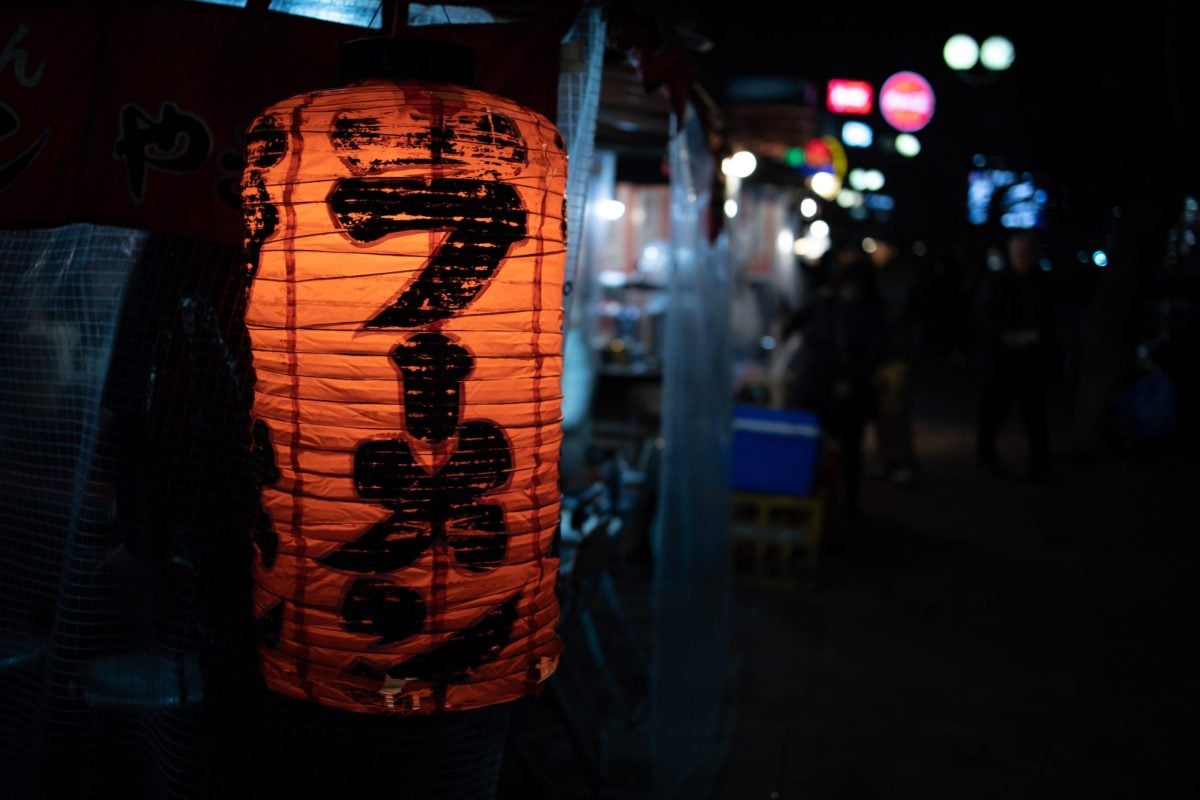
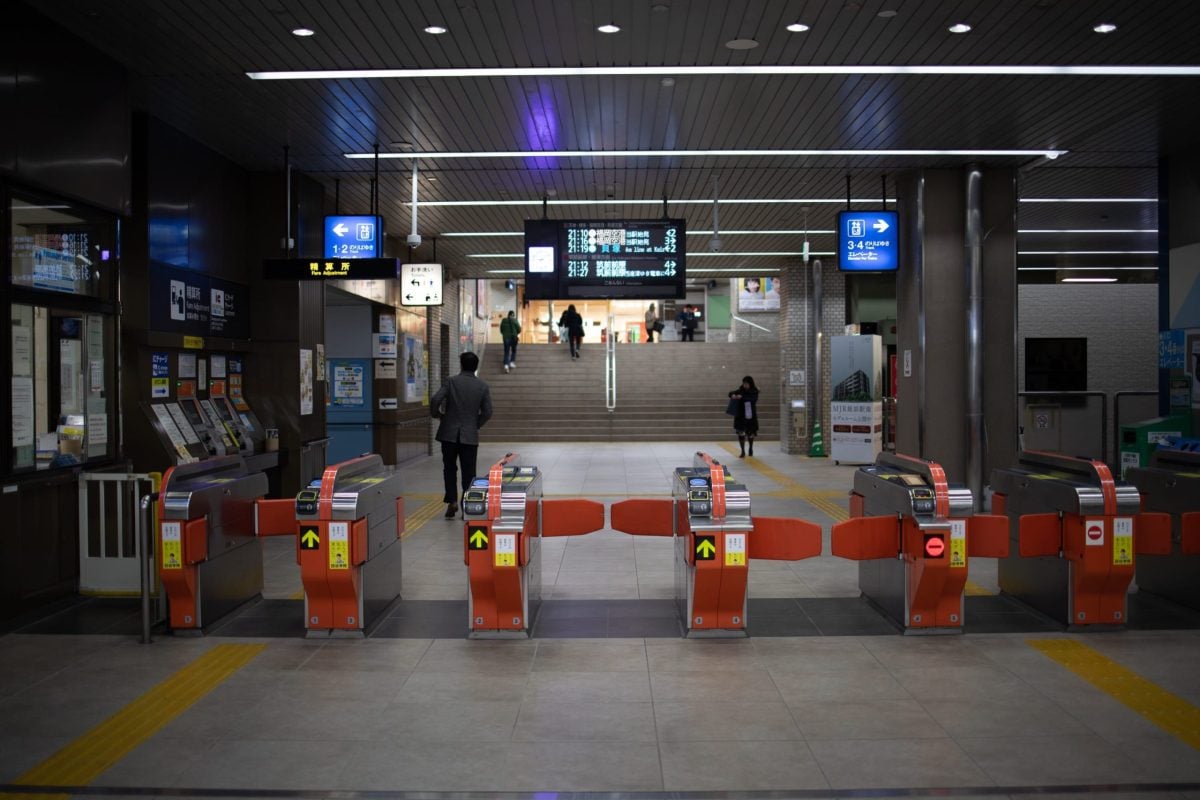
Canon RF 35mm f1.8 IS Macro | Bottom Line

The Canon RF 35mm f1.8 is a solid lens in terms of build and performance. A few flaws, like the vignetting at f1.8 and f2 and some noticeable barrel distortion, are easy to work around. You can correct for all of this in-camera if you’re shooting video or JPG, but RAW shooters will have to use post-corrections.
I like to shoot a lot at f2.8, which gives me great-looking bokeh without the vignetting and astigmatism. I stop down to f5.6 and f8 when I want the most sharpness, and I shoot f1.8, when I need a fast shutter speed in low light or when I want very shallow depth.
The performance at f2.8 is just incredible. You don’t see any geometry yet in the bokeh at f2.8 and it cleans up all the issues in the corners and edges.
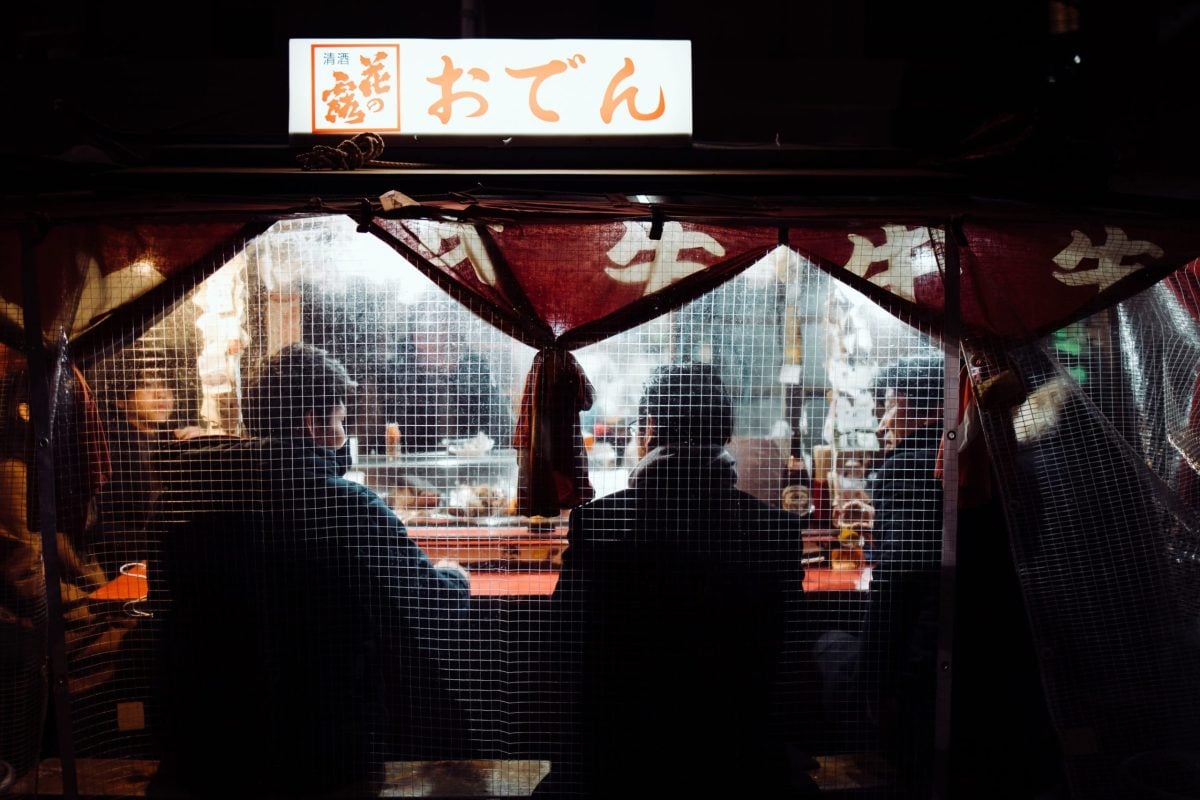
The IS is fantastic for video shooters especially when you pair it with Canon’s incredible Digital IS system. You do outperform IBIS with this combination, better yet, throw it on a camera with IBIS and get the best of both worlds
Corner’s sharpness performance is decent at all apertures, with the best sharpness seen at f8 to f11. However, astigmatism and vignetting are present at f1.8 and f2.
My favorite thing about this lens is the price. You get an incredible lens with a ton of capabilities for a mid-range price tag.
Overall, I really like the lens and am very impressed with its output, considering it is a shorter lens. My only complaints are the funky bokeh at f1.8 and f2 when shooting at distances and the low micro-contrast compared to my Fujinon and Voigtlander primes. I do wish there was a little less distortion, but distortion and vignetting are easy to fix in the post.
Canon RF 35mm f1.8 Sample Photos
Canon RF 35mm f1.8 – Amazon / Adorama / BHphoto
Samples were taken on the Canon EOS R or the RP.
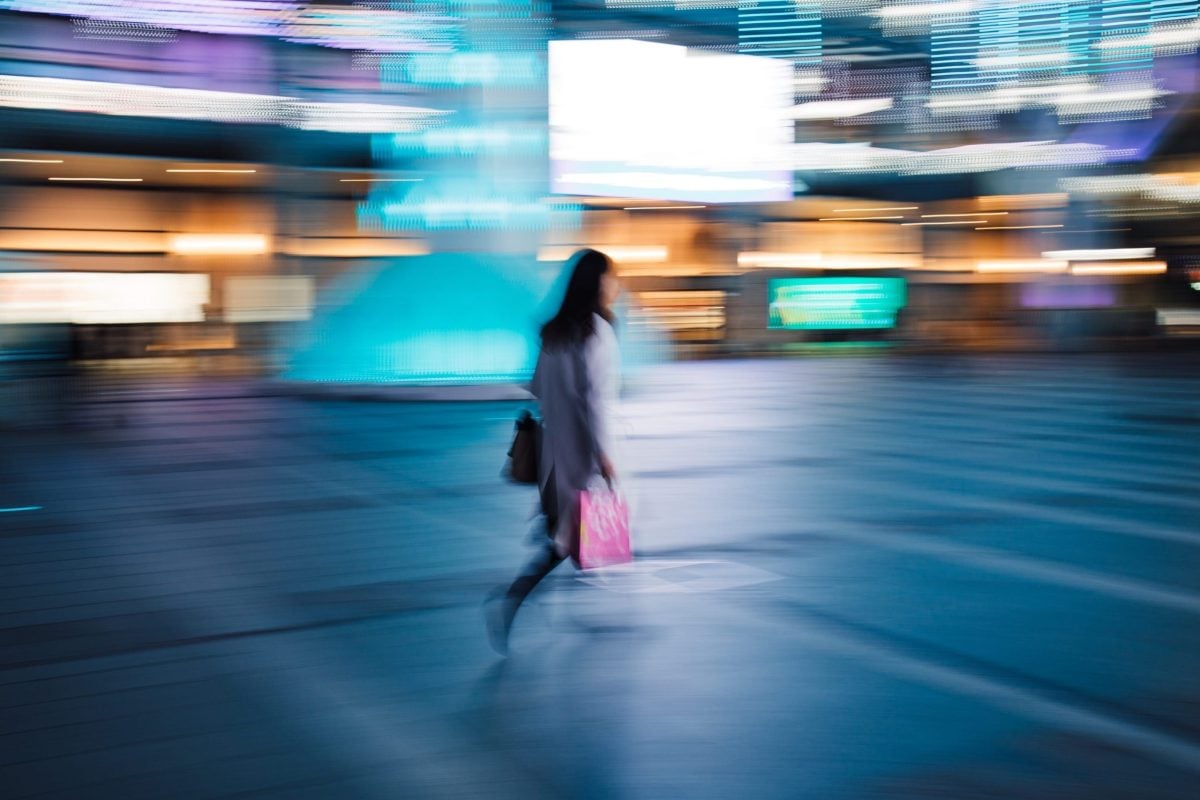


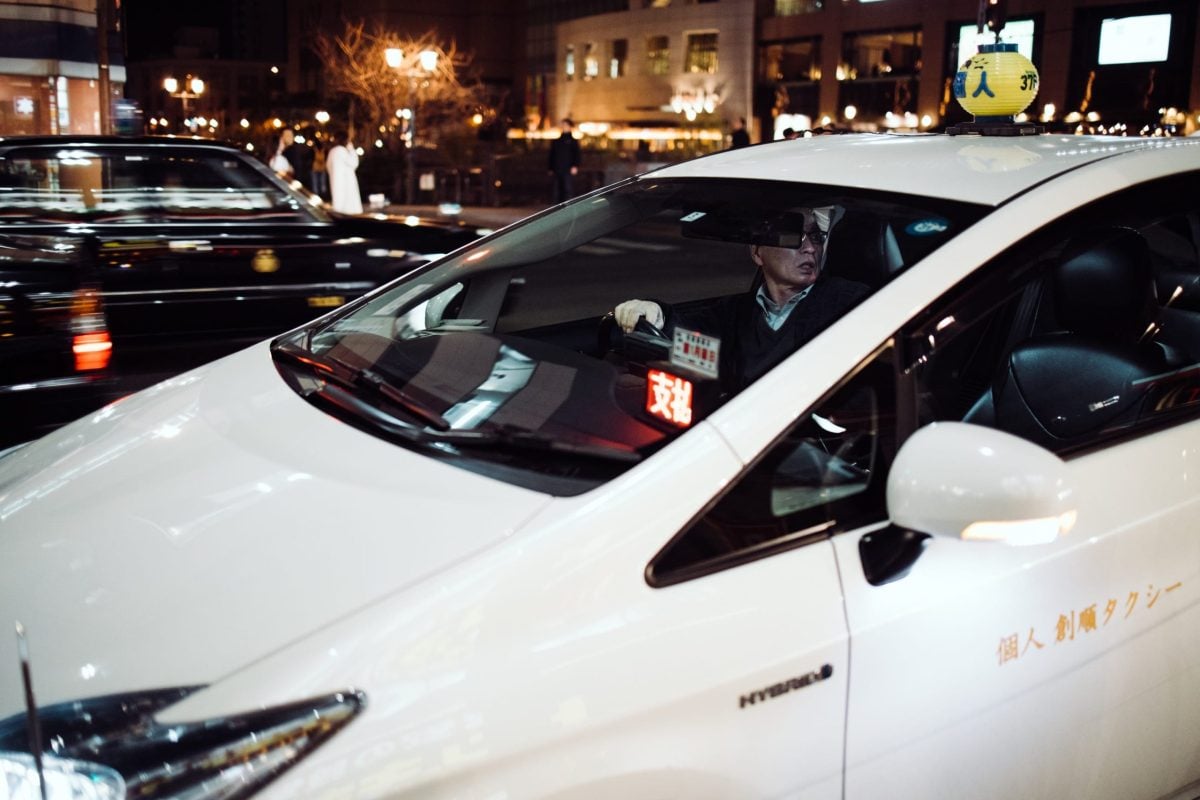

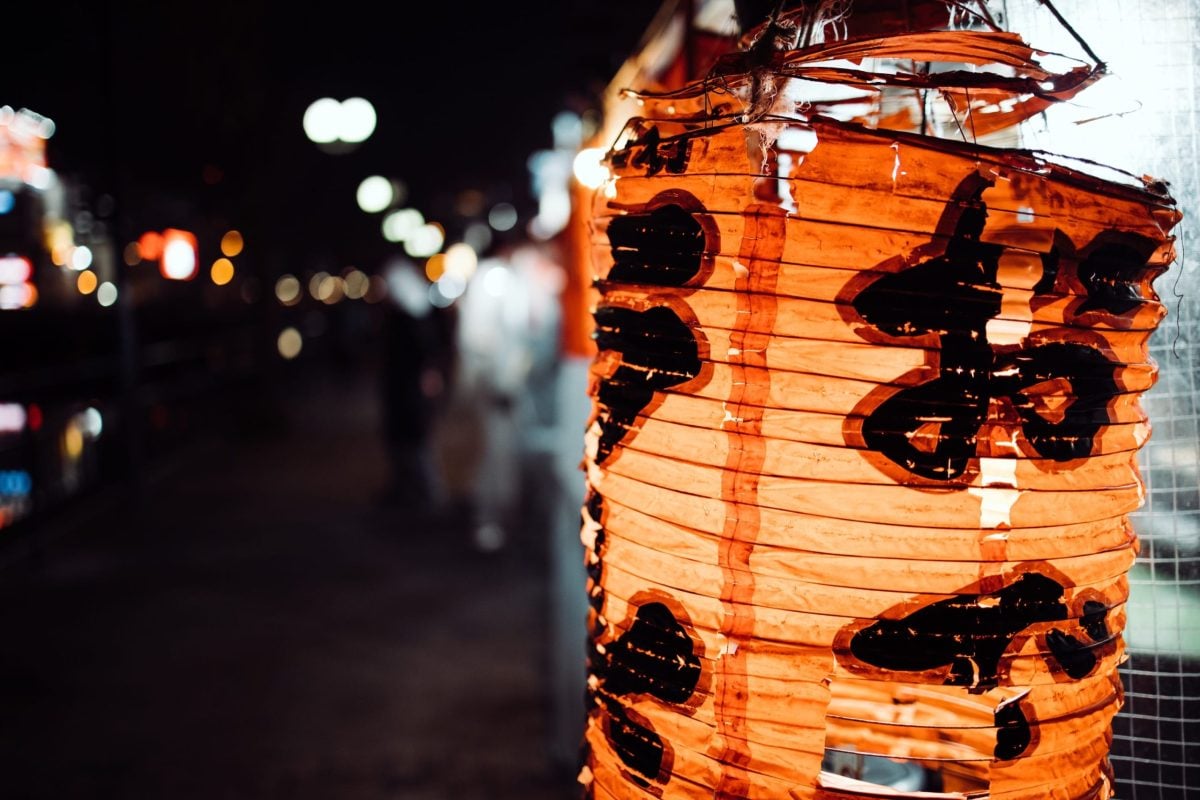

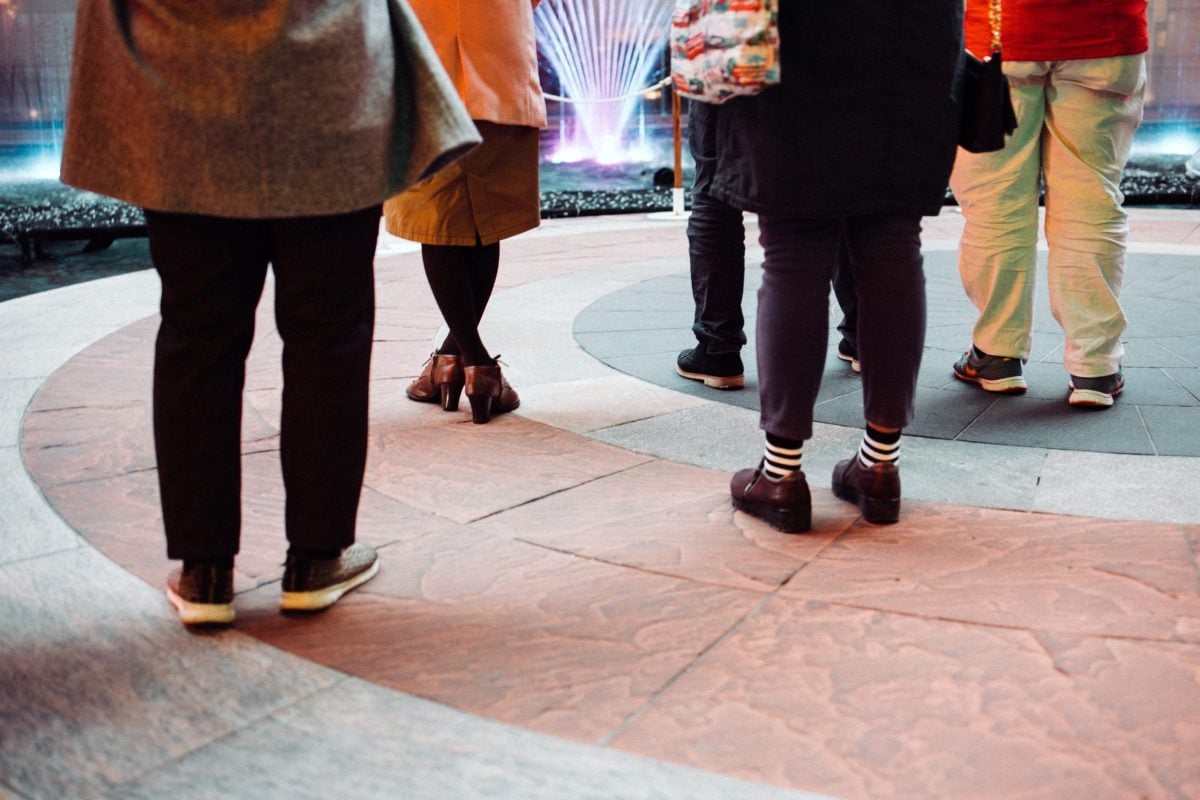
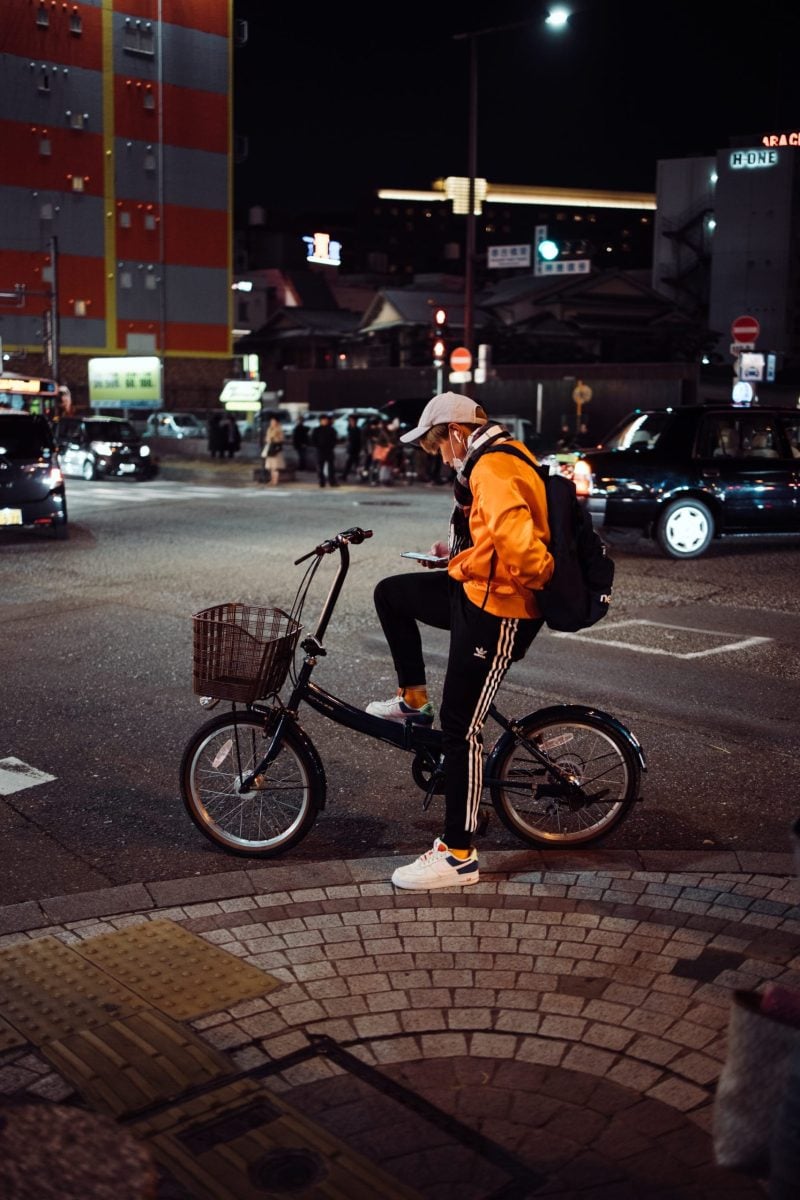
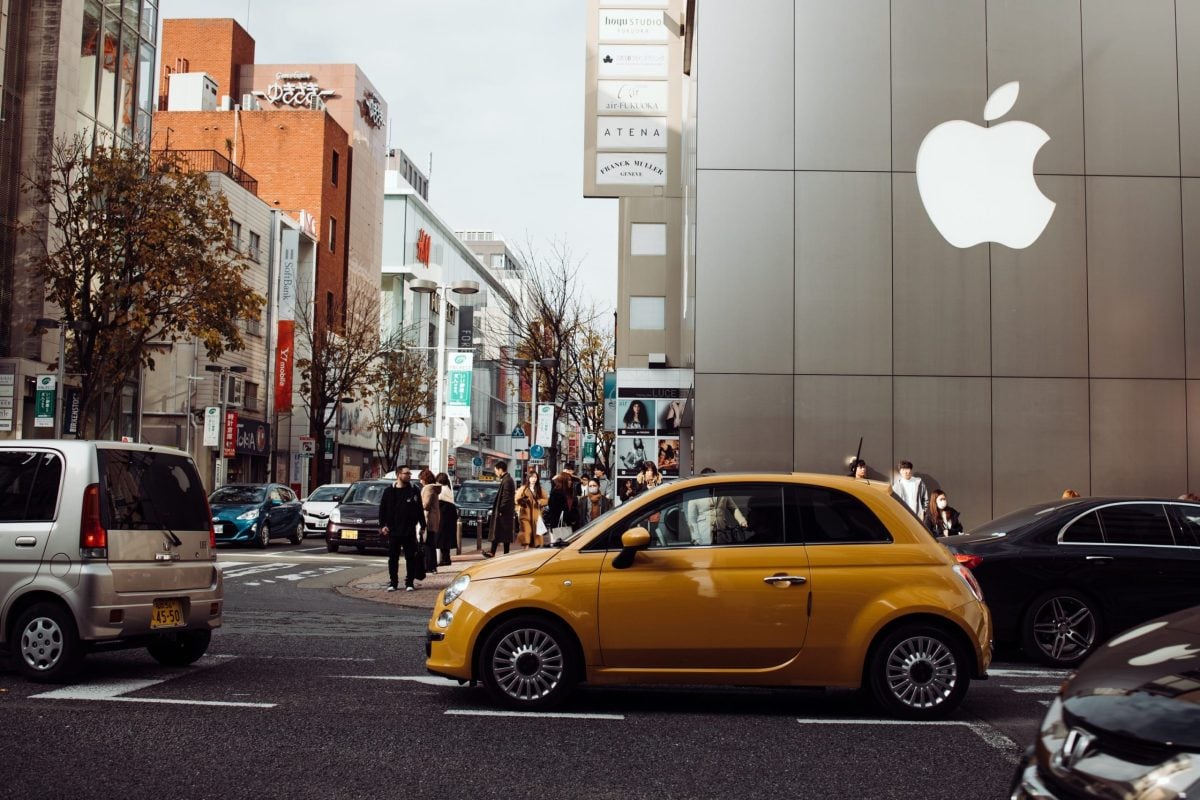

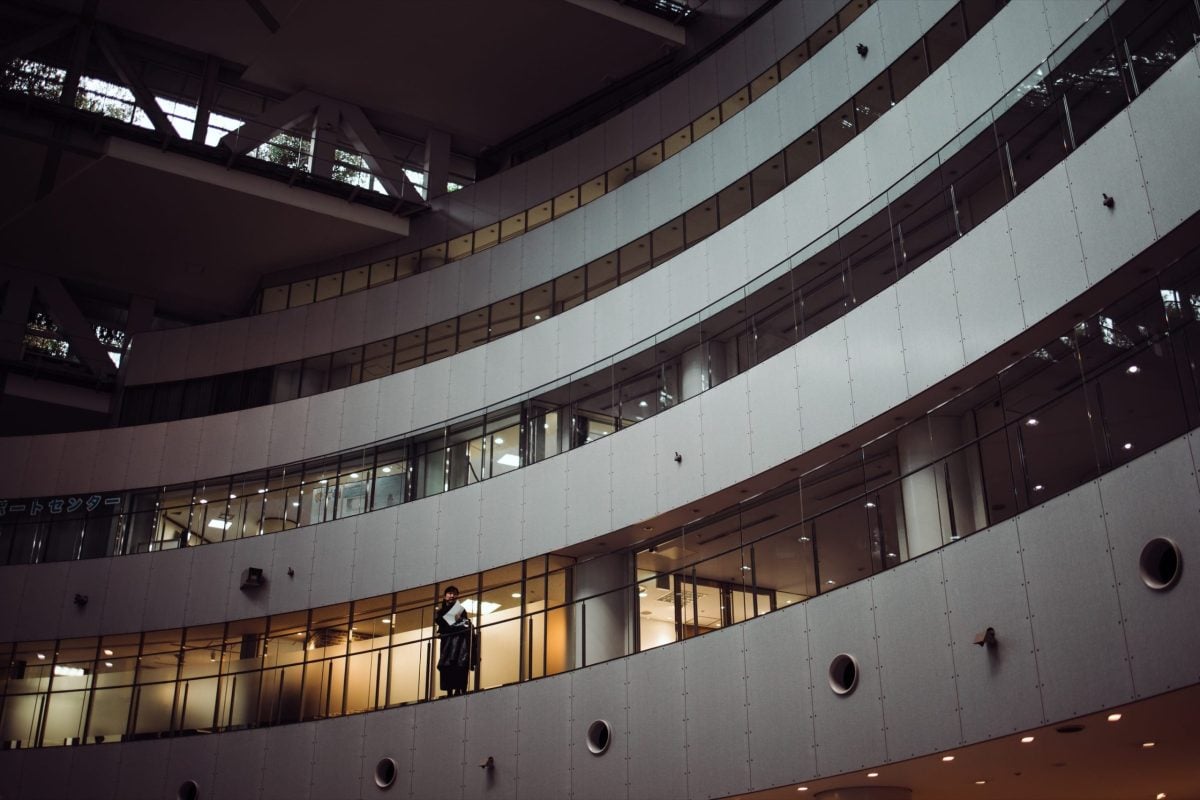
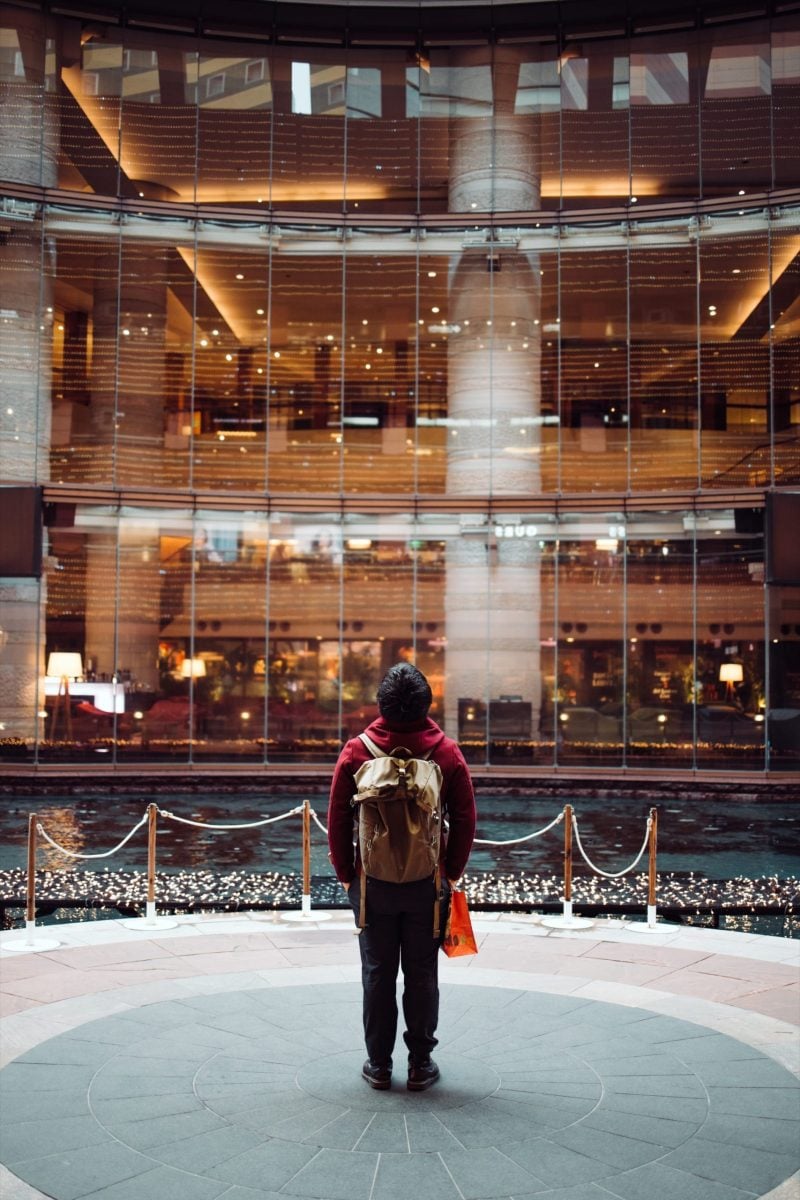
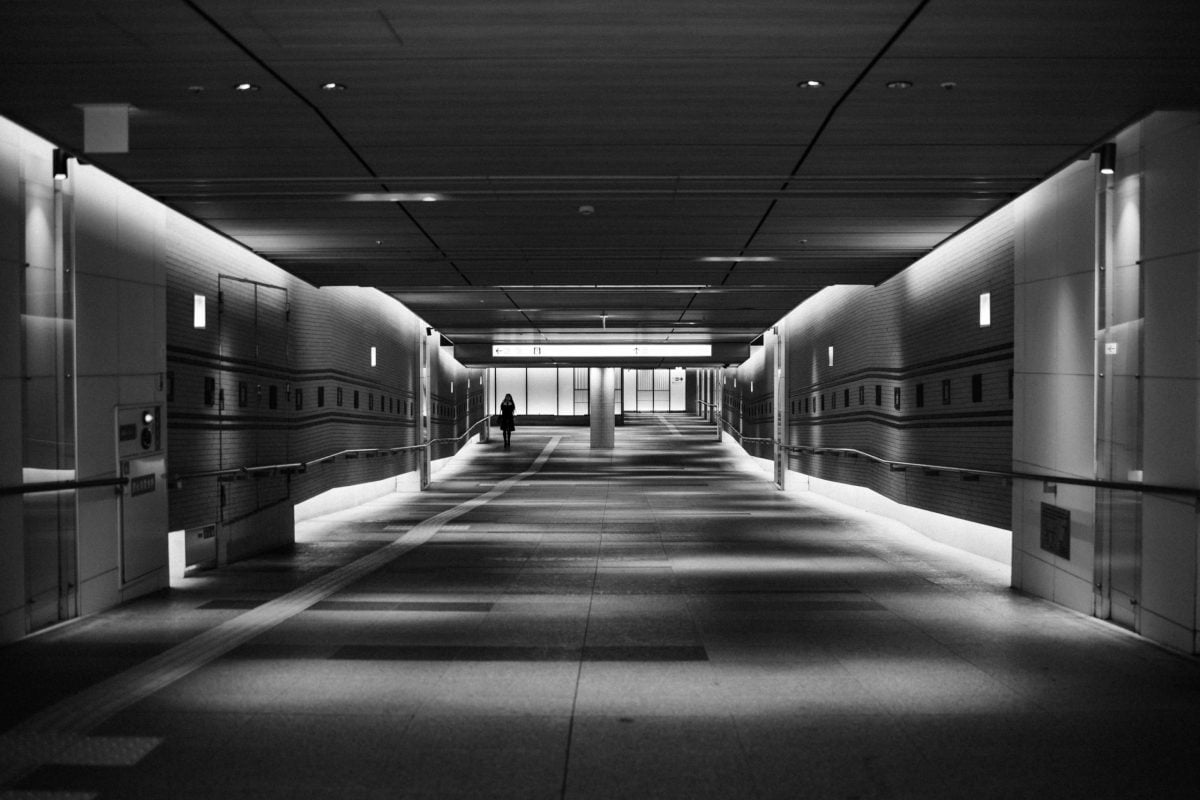

Round 2 Sample Photos
This update shows a few more people, portraits with a little more family lifestyle. I’m trying to find a nice balance with samples between street/travel, and family lifestyle since that’s how I think most people shoot who are interested in a lens like this.
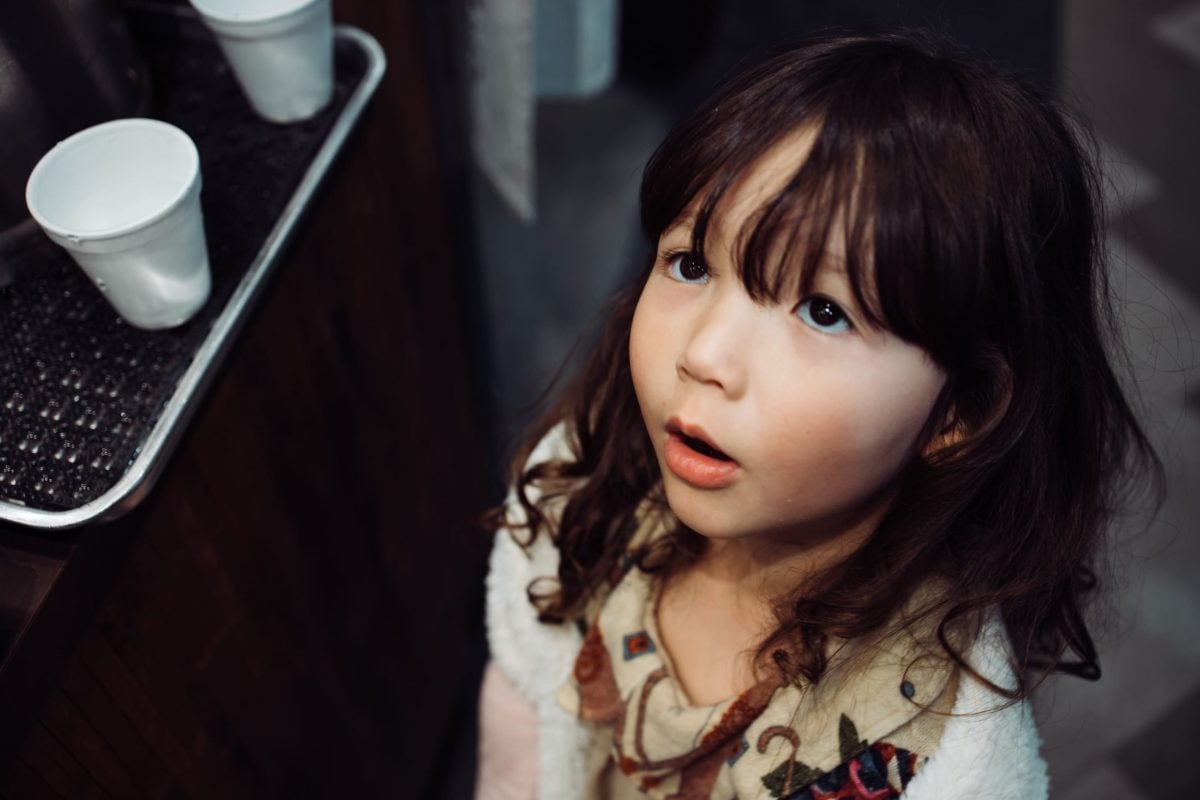
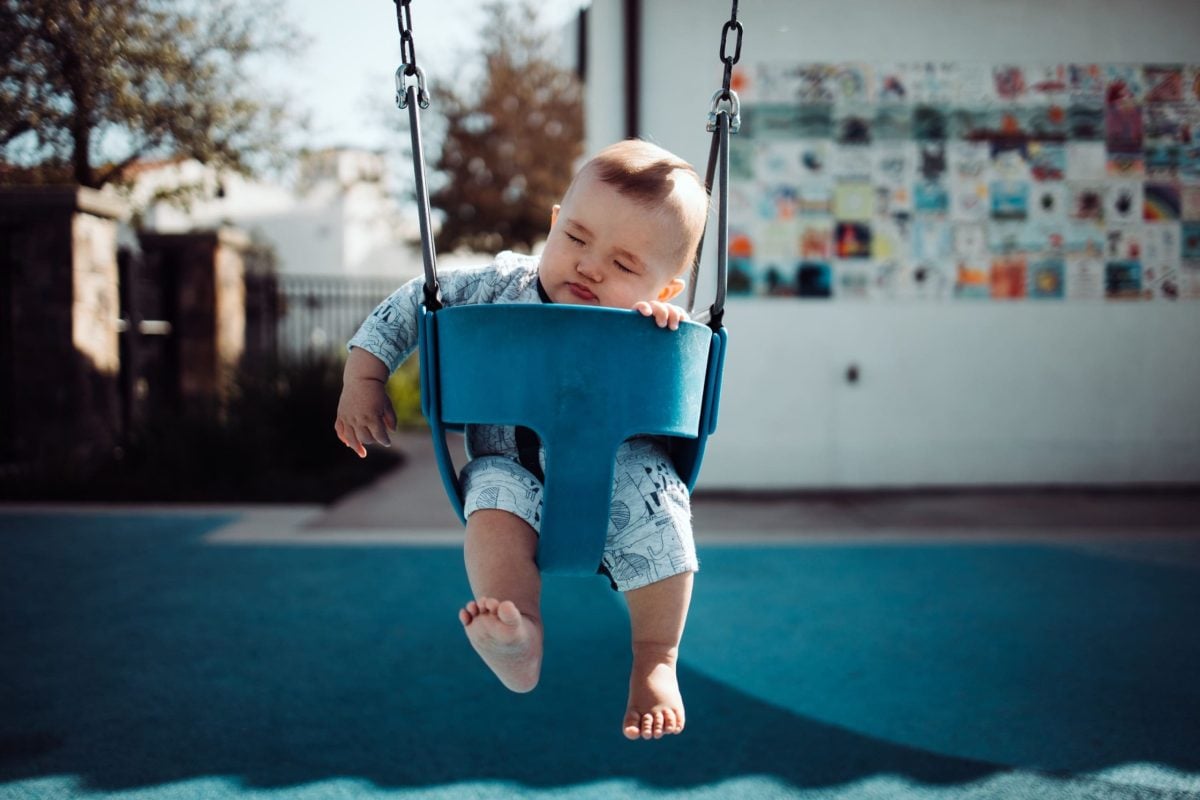


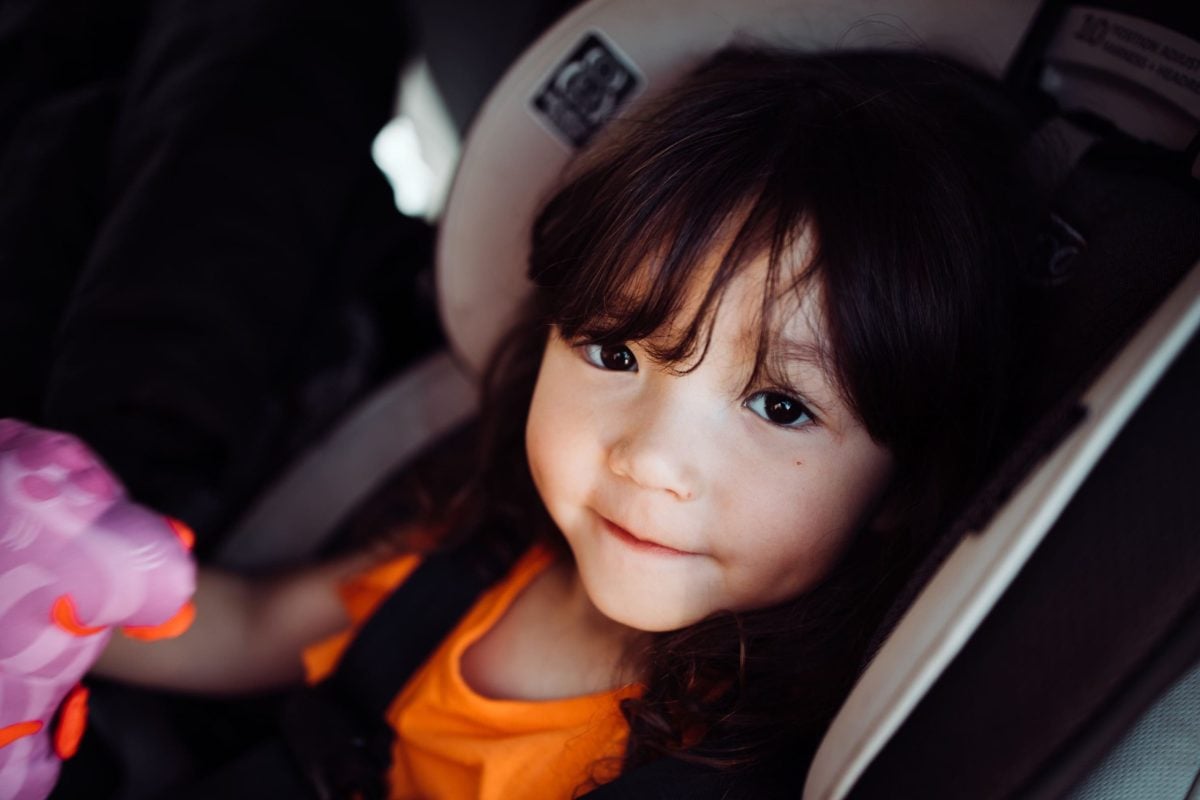
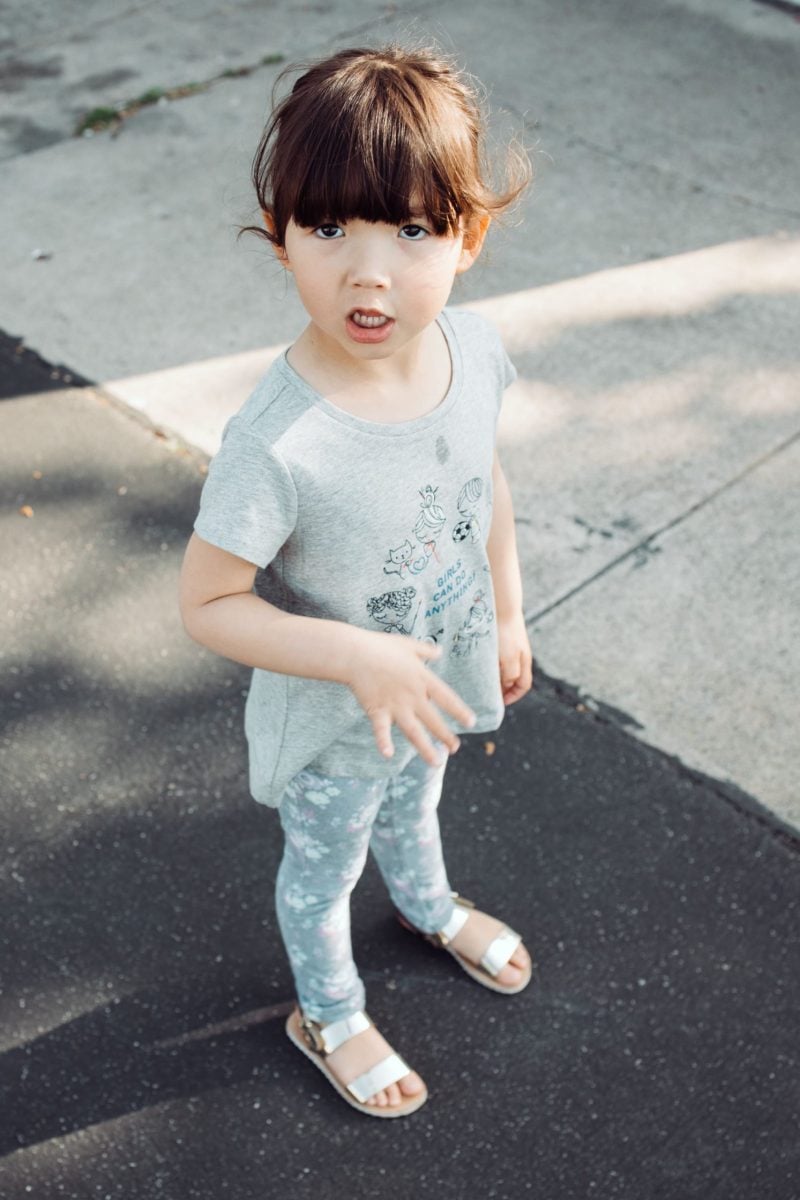
Canon RP + 35mm f1.8
These samples are taken with the Canon RP


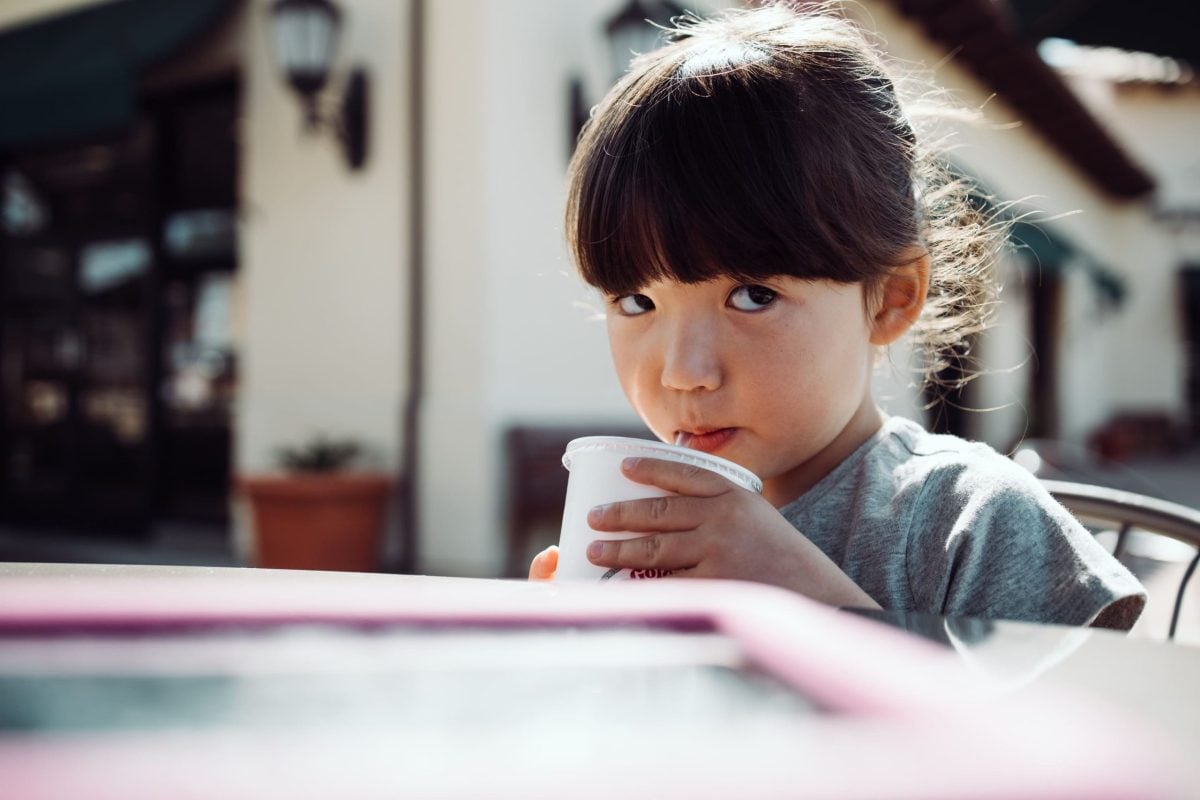
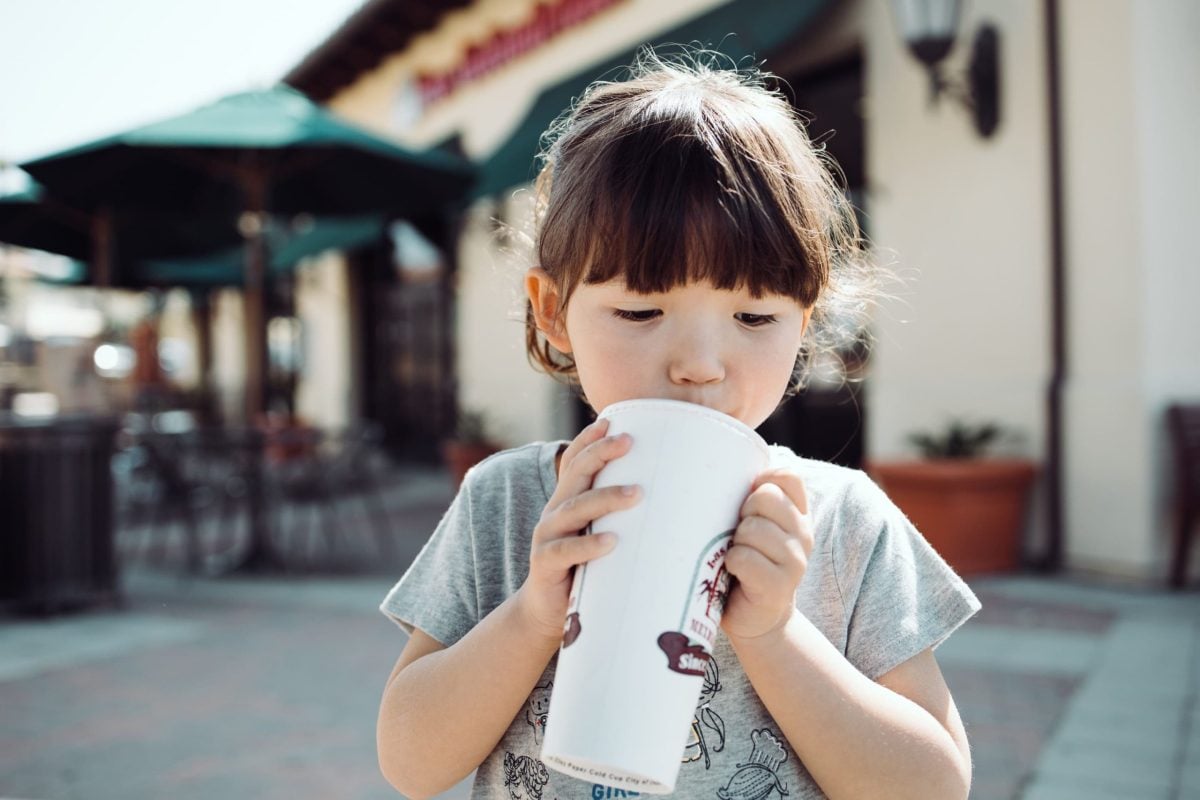

| **This website contains affiliate links. We will earn a small commission on purchases made through these links. Some of the links used in these articles will direct you to Amazon. As an Amazon Associate, I earn from qualifying purchases. |


